Finally it's harvest season - Tomato. / Finalmente es la temporada de cosecha - Tomate.
Luego de 3 meses de espera, por fin ha llegado la temporada de cosecha para el tomate de invierno, tras batallar contra enfermedades fúngicas, insectos, bacterias y otras cosas hemos logrado comenzar a cosechar un puñado de tomates para la venta en el mercado local.
Este tomate estuvo en bandejas de germinación (semilleros) por 36 días aproximadamente, y hoy sábado 9 de Julio cuenta con 70 días después del trasplante.
After 3 months of waiting, the harvest season has finally arrived for the winter tomato, after battling fungal diseases, insects, bacteria and other things we have managed to start harvesting a handful of tomatoes for sale in the local market.
This tomato was in germination trays (seedbeds) for approximately 36 days, and today Saturday, July 9, is 70 days after transplanting.
El camino para cosechar fue muy duro, aun lo sigue siendo ya que algunas plantas adultas se están marchitando y esto se debe a una serie de acontecimientos que desconocemos, pero sabemos que el factor clima influyo en ello, para nosotros perder plantas por una bacteria es realmente nuevo, jamás nos había ocurrido algo así, por lo tanto estamos en alerta de no poder sembrar tomate en este invernadero pues la bacteria ataca al tomate mayormente.
No existe tratamiento químico para ello, ya que la bacteria Ralstonia solanacearum se aloja en la tierra y los químicos están diseñados para el sistema radicular y conductos de las plantas, lo único que se nos ocurre es aplicar bacterias benéficas que puedan combatir a las perjudiciales, como es el caso del Trichoderma y el Bacillus Subtilis.
The way to harvest was very hard, it is still hard because some adult plants are wilting and this is due to a series of events that we do not know, but we know that the weather factor influenced it, for us to lose plants by a bacterium is really new, something like this had never happened to us, so we are on alert not to plant tomatoes in this greenhouse because the bacteria attacks the tomato mostly.
There is no chemical treatment for it, since the Ralstonia solanacearum bacterium lodges in the soil and the chemicals are designed for the root system and ducts of the plants, the only thing we can think of is to apply beneficial bacteria that can fight the harmful ones, as is the case of Trichoderma and Bacillus Subtilis.
Así que este es un pequeño vistazo de todo lo vivido hasta este momento.
So this is a small overview of everything we have experienced so far.
Tomate Hibrido Shanty // Hybrid Tomato Shanty
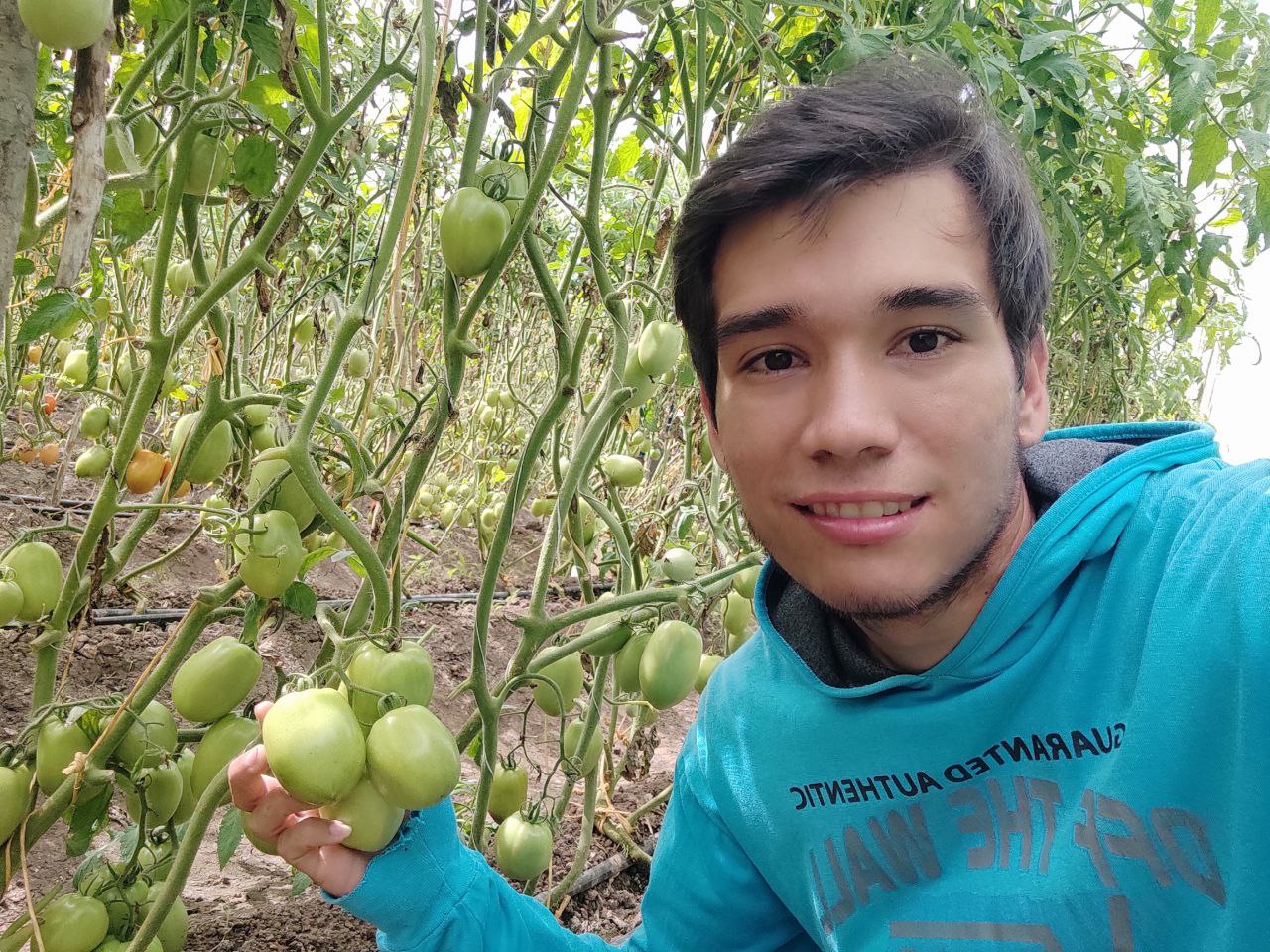
En los videos explico un poco sobre el tema, del por que cortamos tomate con 70 días, cuando normalmente son 75, además hablo acerca de las enfermedades que el tomate tuvo en el proceso para cosechar, el tamaño de las plantas y otras cosas, todo en idioma español. Los videos fueron grabados el 05 de Julio.
In the videos I explain a little about the subject, why we cut tomatoes with 70 days, when normally they are 75, I also talk about the diseases that the tomato had in the process to harvest, the size of the plants and other things, all in Spanish language. The videos were recorded on July 5th.
Cuajado de frutos. // Fruit set.
Hay una enorme cantidad de frutos cuajados (este es el proceso de floración y crecimiento completo de los frutos incluyendo la maduración), calculamos que si los frutos crecen en su totalidad probablemente obtengamos 200 cestas del corte completo hasta finalizar la cosecha. En teoría las plantas de un invernadero sanas, sin problema alguno deberían ser cosechadas por 5 meses, ya que este es su periodo útil de vida, sin embargo nosotros calculamos que nuestro periodo sea de dos meses por lo cual no obtendremos la cantidad que se puede cosechar en condiciones normales.
There is a huge amount of fruit set (this is the process of flowering and complete growth of the fruits including ripening), we calculate that if the fruits are fully grown we will probably get 200 baskets of the complete cutting until the end of the harvest. In theory, healthy greenhouse plants should be harvested for 5 months without any problem, since this is their useful life span, however we calculate that our period is two months, so we will not get the amount that can be harvested under normal conditions.
Hay plantas que tienen hasta 30 frutos, entre todos los tamaños, sin contar las nuevas flores ni los pequeños, tienen un gran tamaño y además un color muy bonito y brillante, el fruto que vendemos esta sano de virus e insectos como gusanos, es totalmente uniforme y tiene un peso realmente increíble de hasta 150-180gr.
Aunque las plantas no hayan crecido al tamaño que esperábamos están muy altas y cuajaron una buena cantidad de frutos y esto se debe a la buena fertilización que hemos aplicado con productos orgánicos y químicos.
There are plants that have up to 30 fruits, between all the sizes, without counting the new flowers or the small ones, they have a great size and also a very nice and bright color, the fruit that we sell is healthy of virus and insects like worms, it is totally uniform and has a really incredible weight of up to 150-180gr.
Although the plants have not grown to the size we expected, they are very tall and set a good amount of fruit and this is due to the good fertilization we have applied with organic and chemical products.
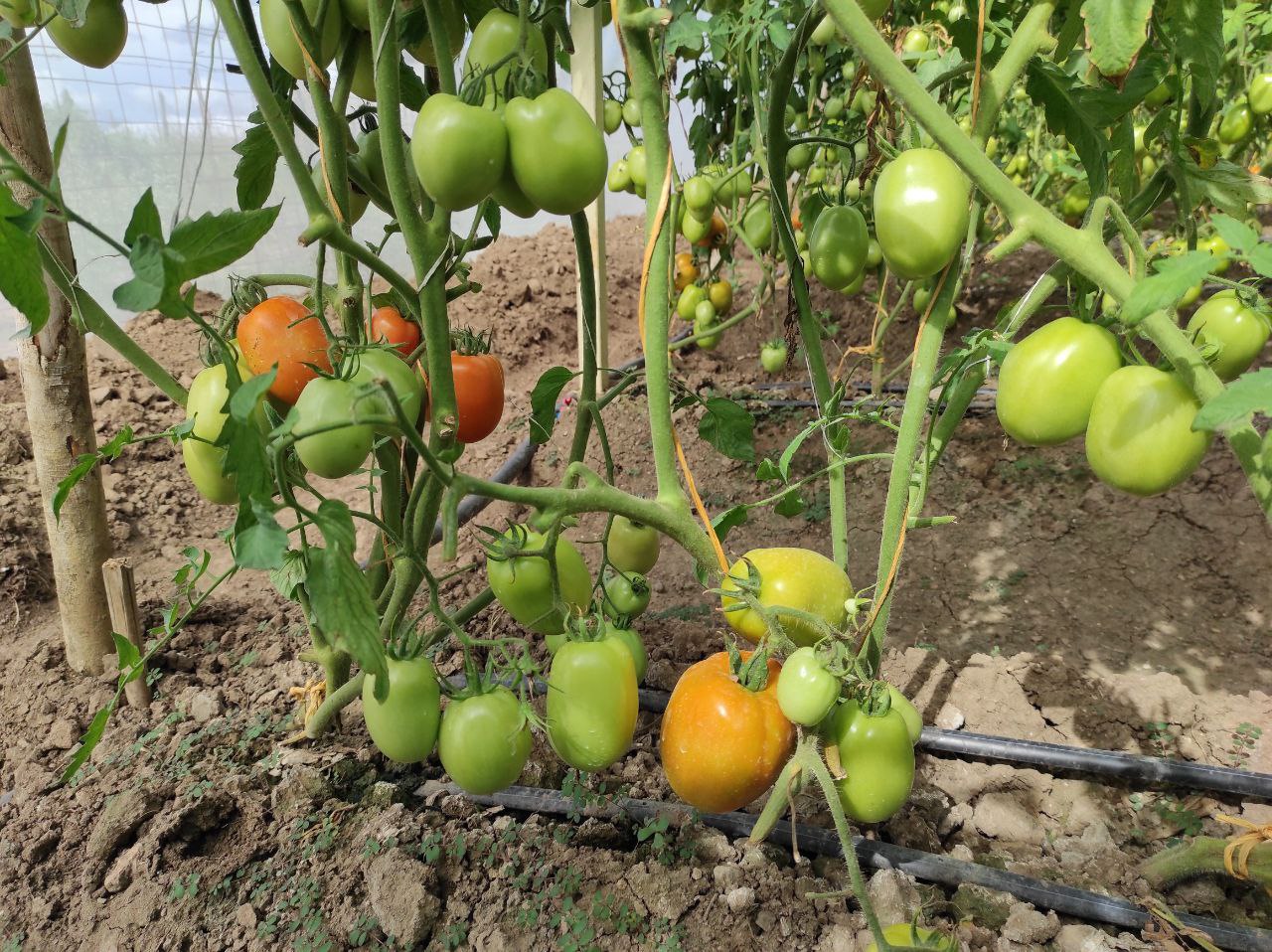
.jpg)
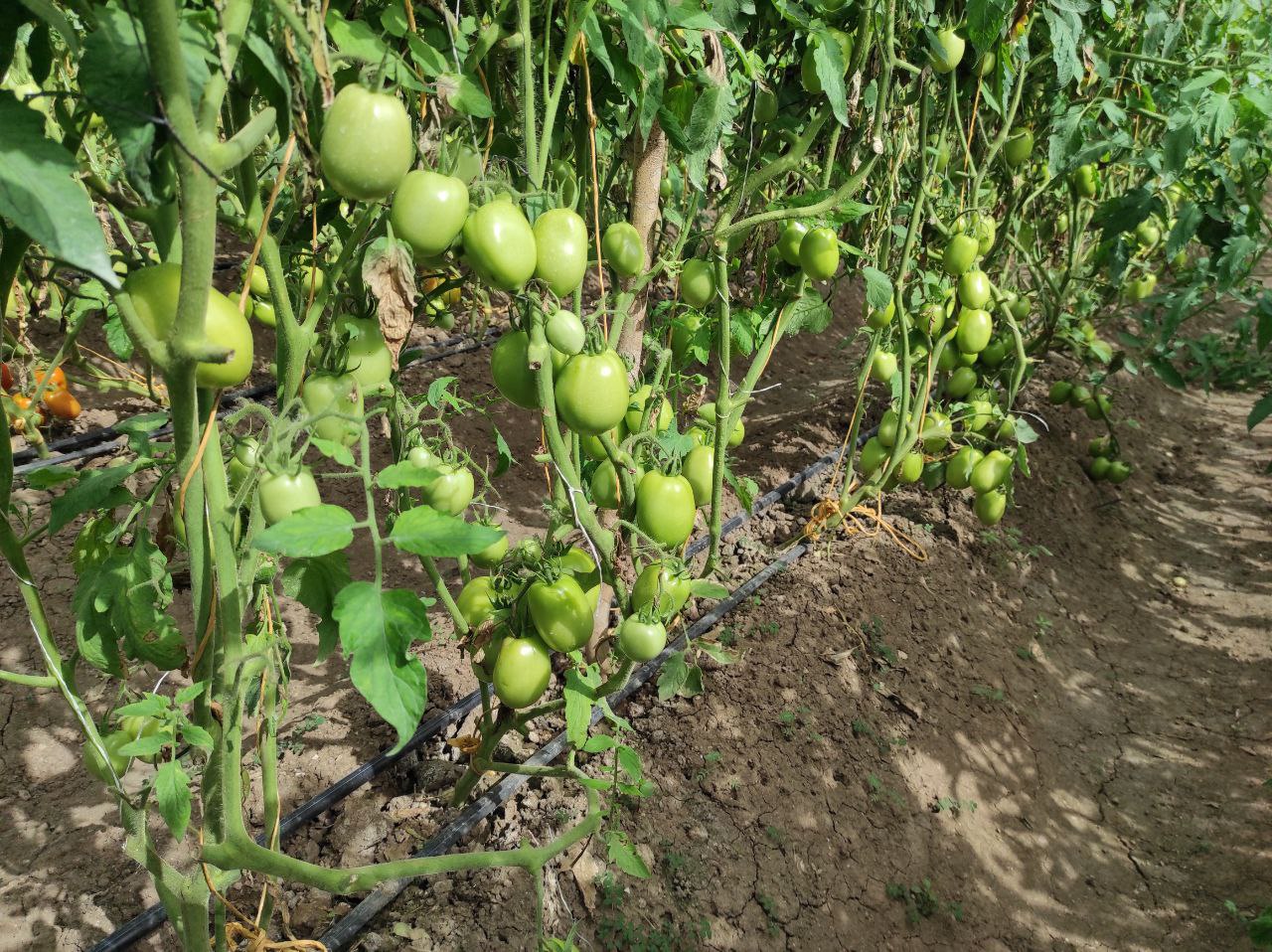

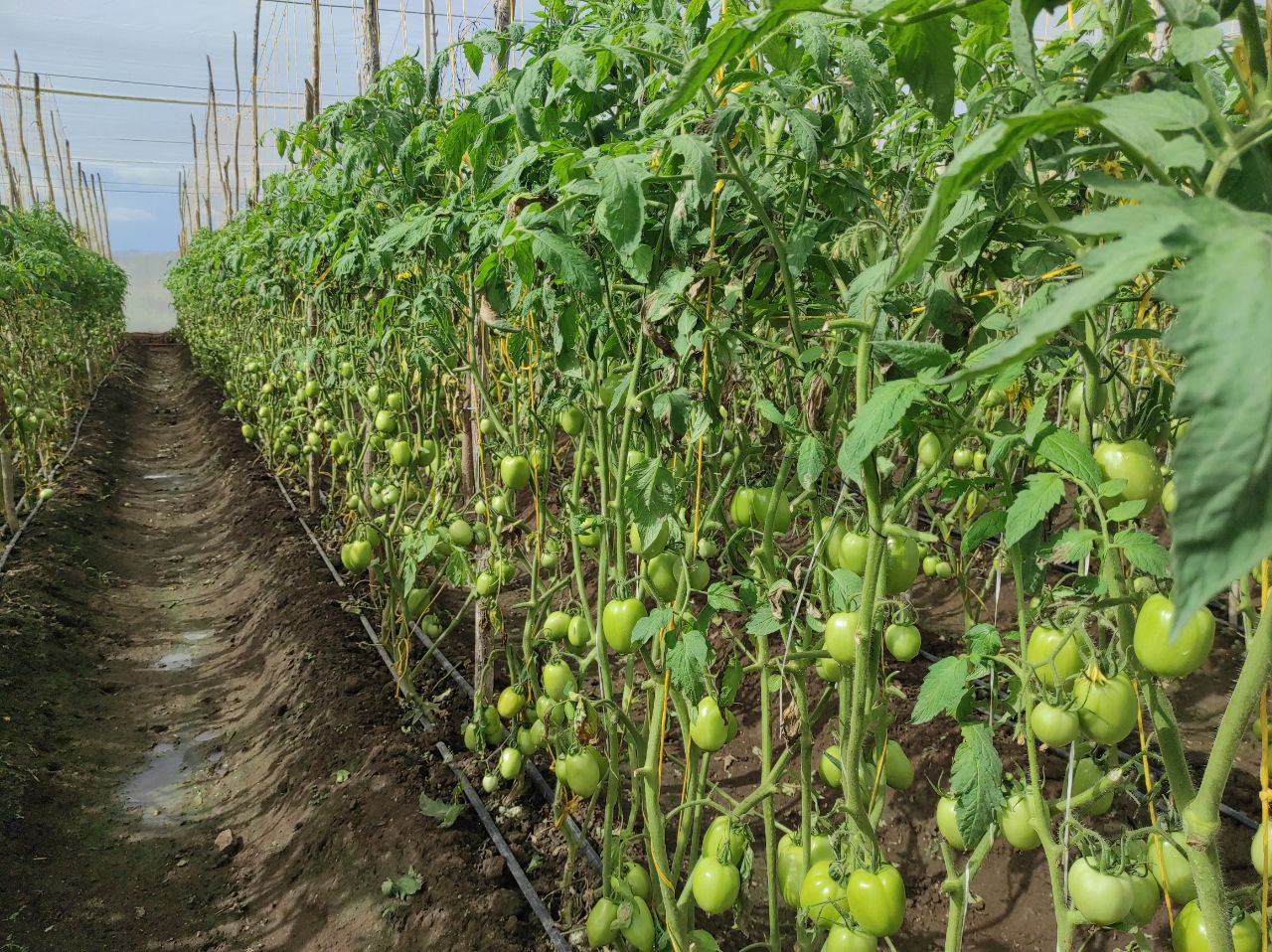
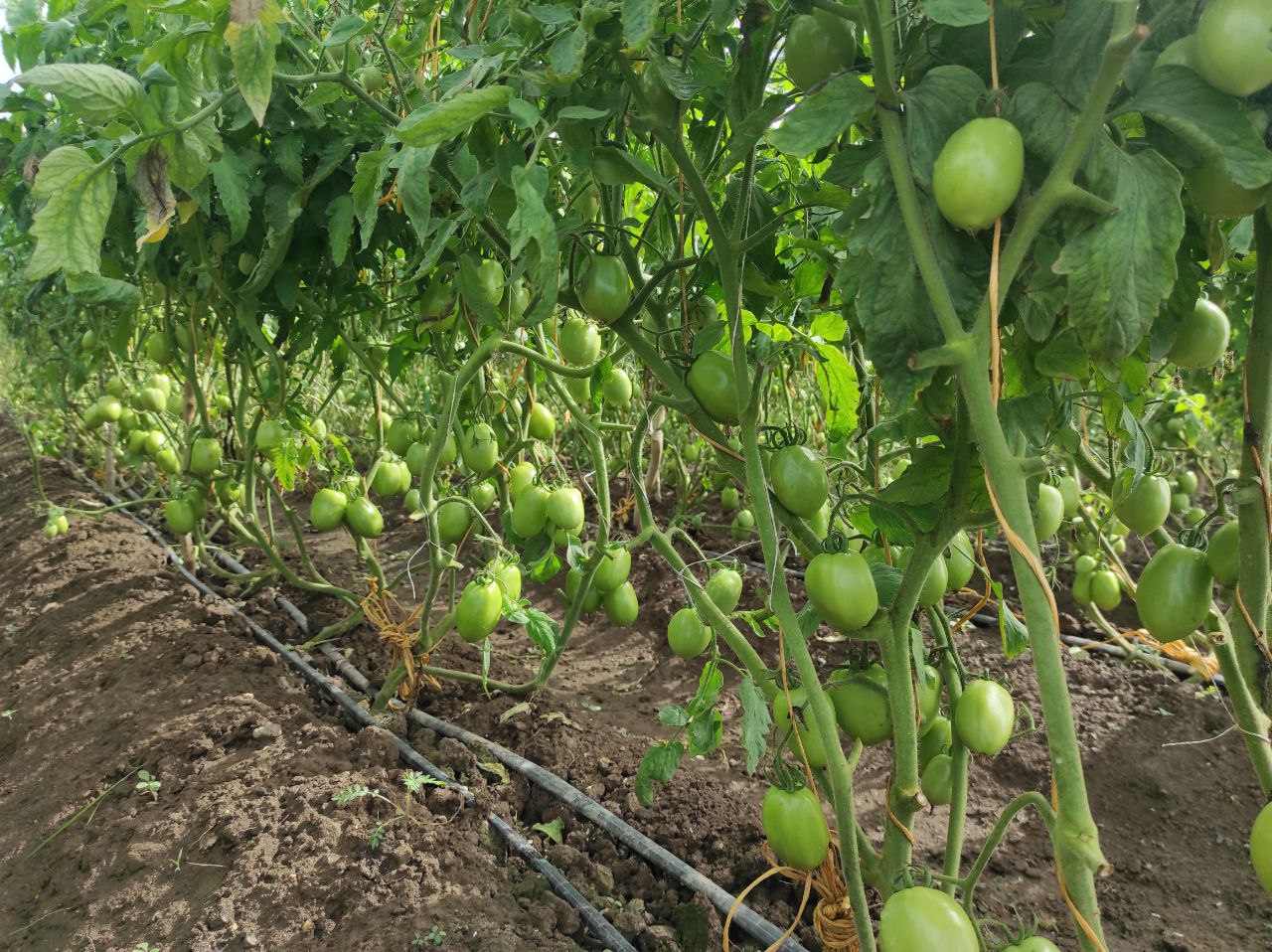
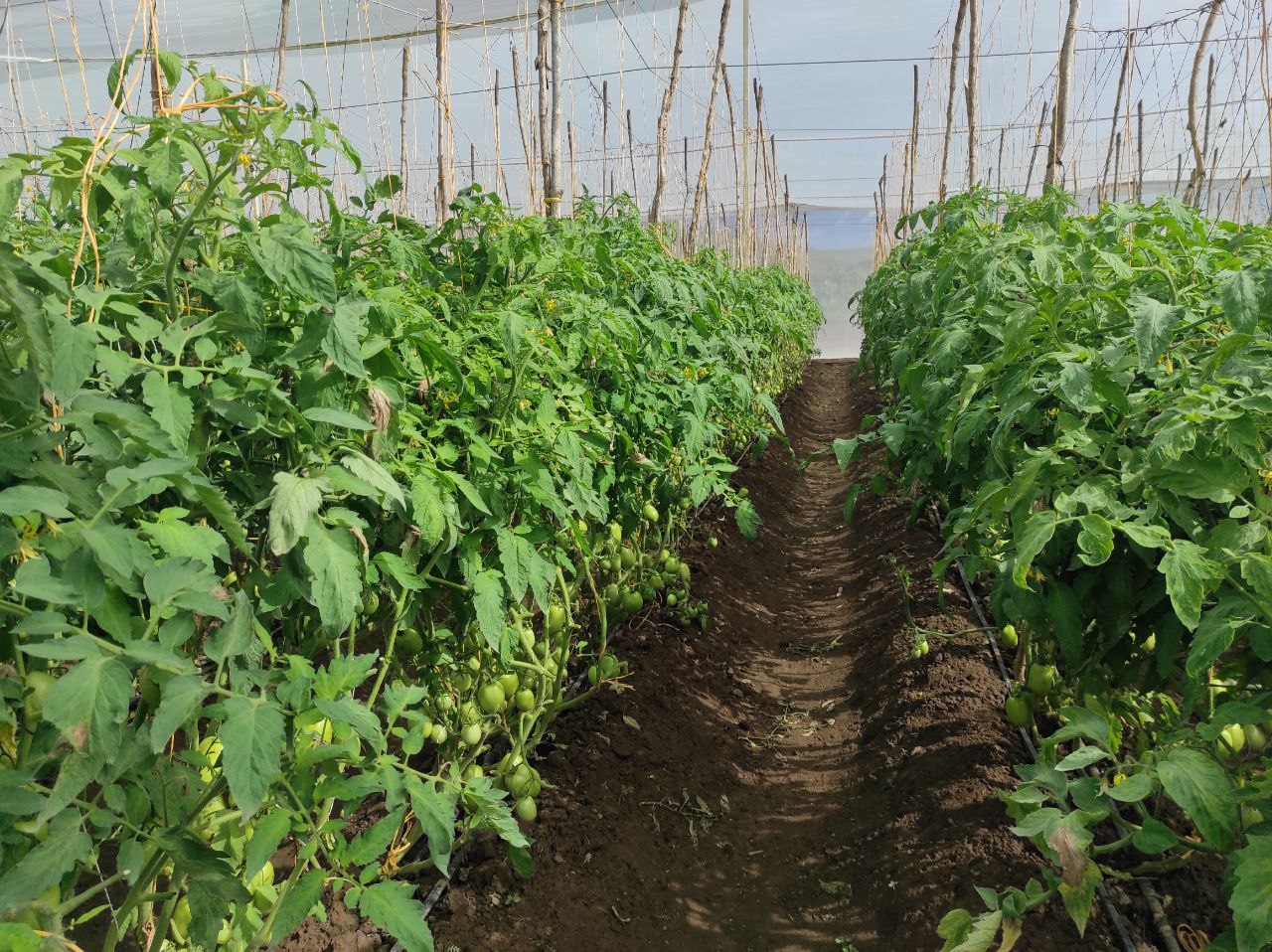
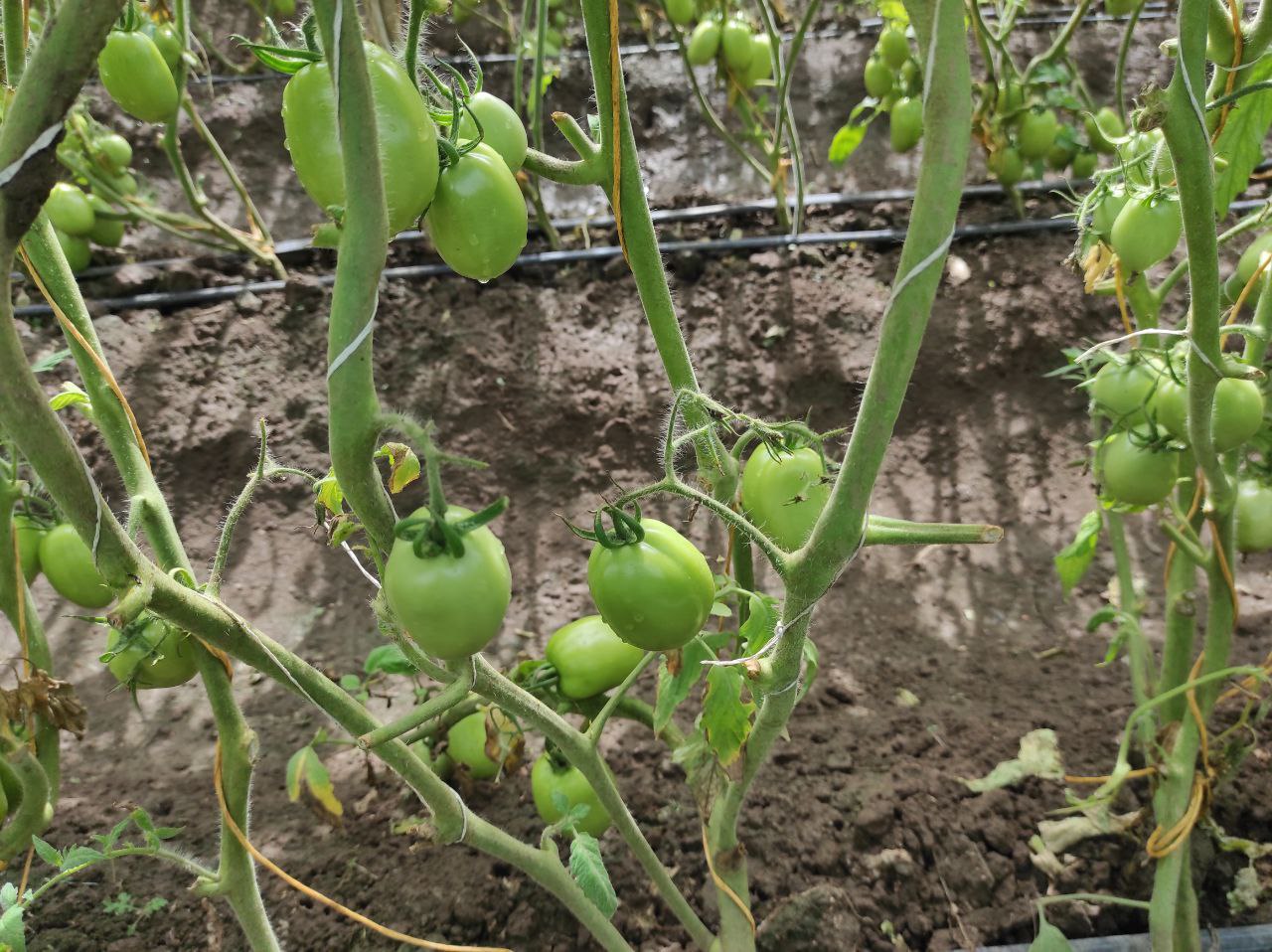

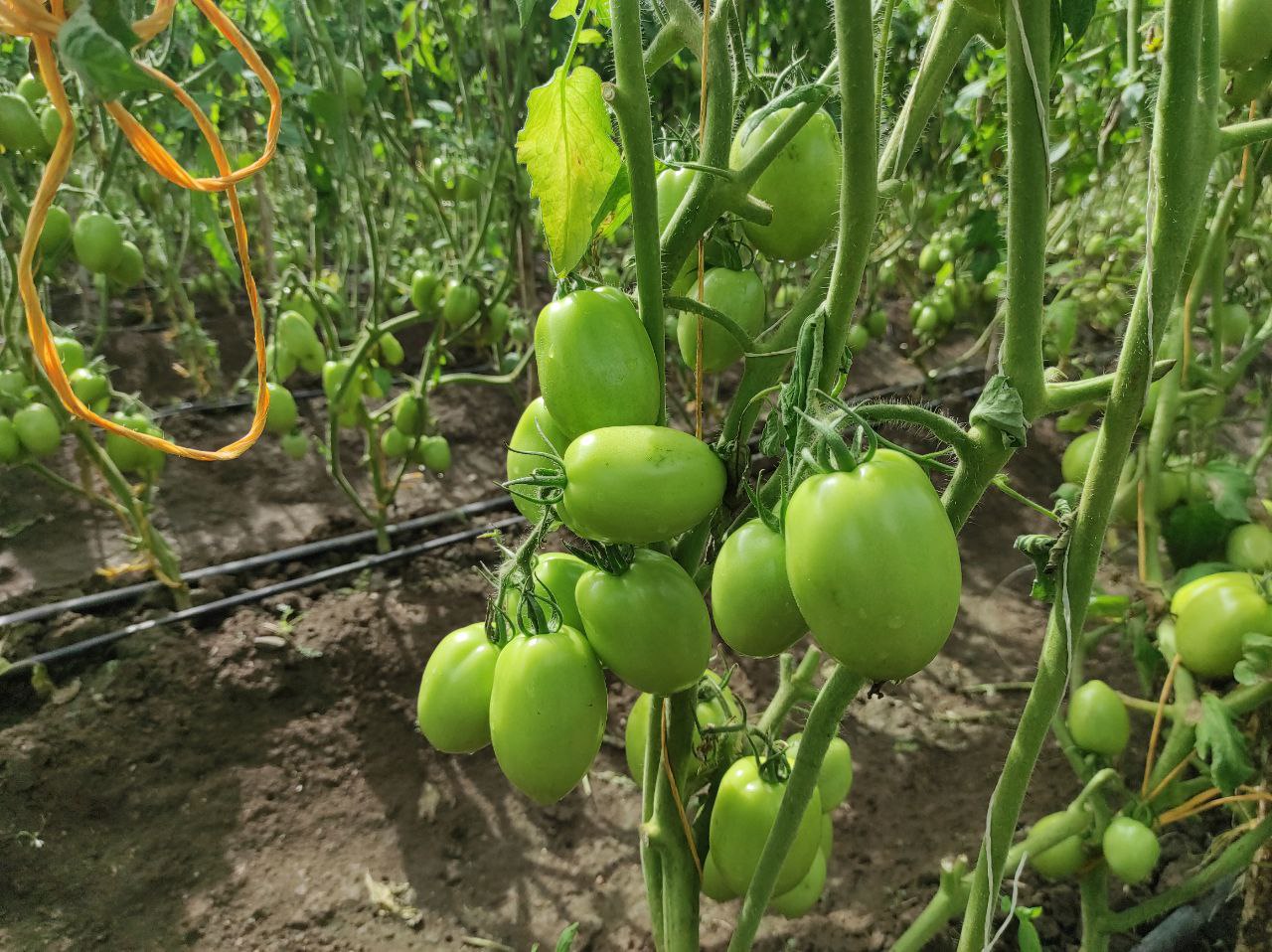
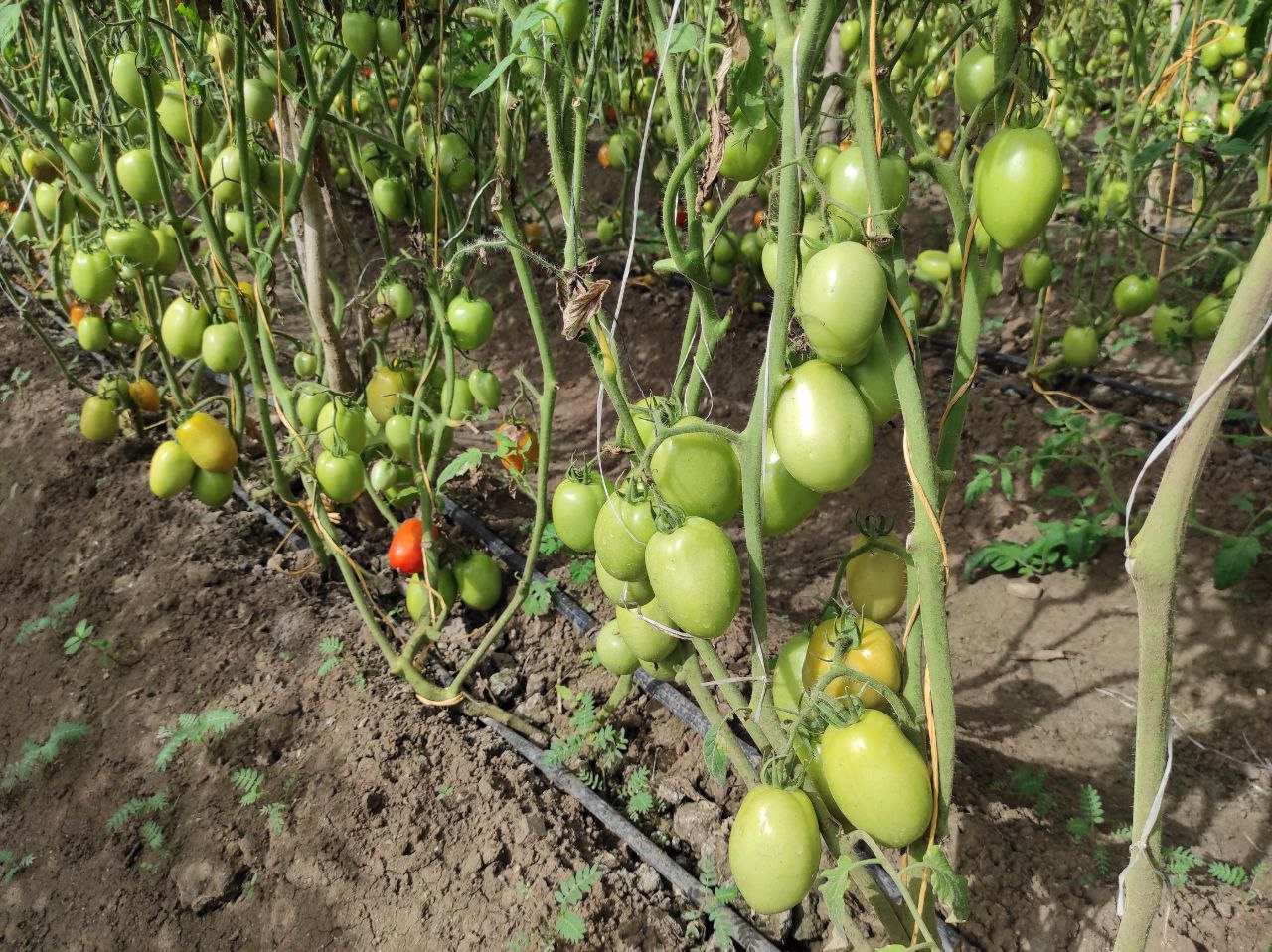
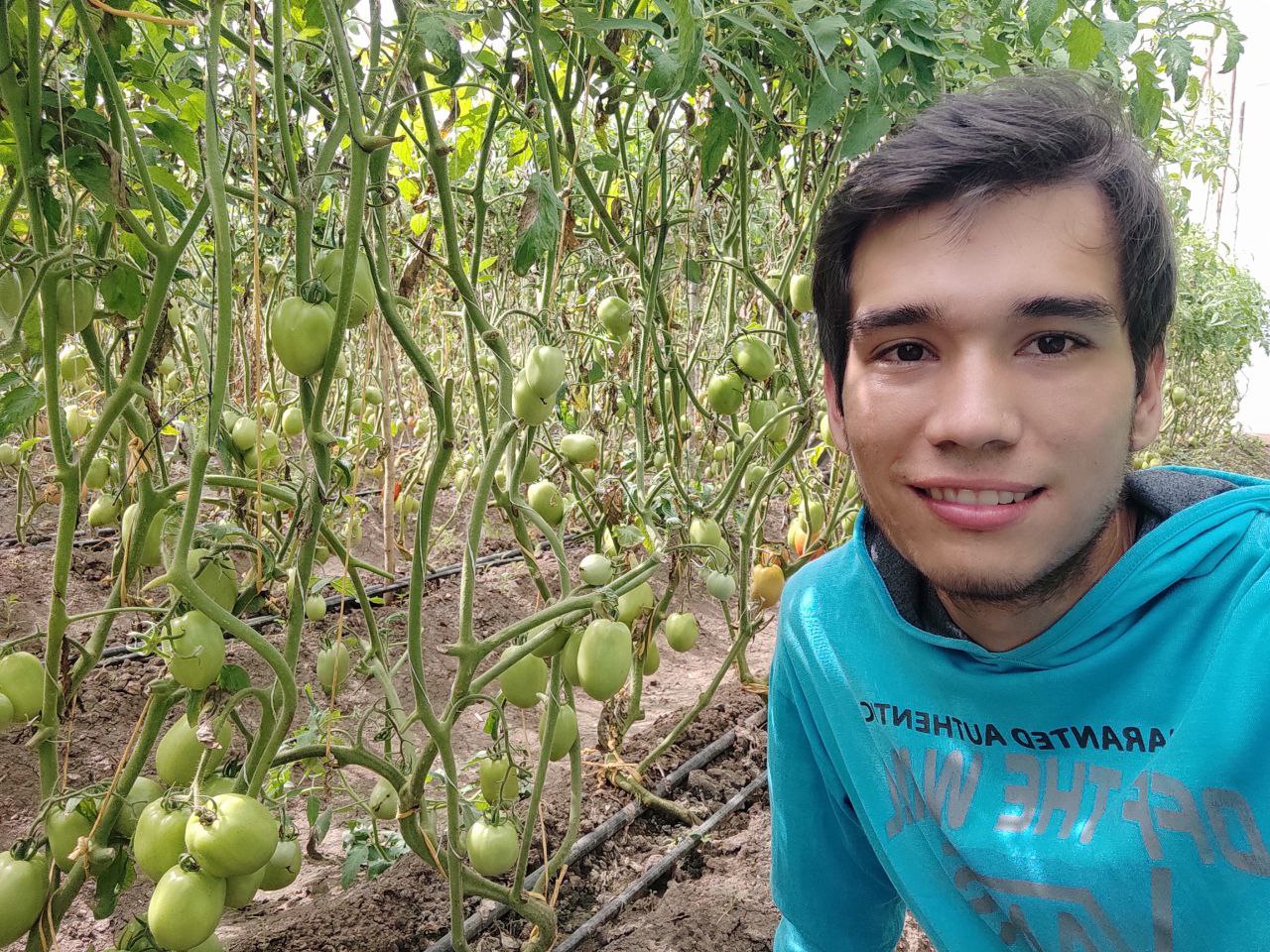
Bacterias y patógenos que atacaron el cultivo. // Bacteria and pathogens that attacked the crop.
El primer causante de nuestro estrés y pocas horas de sueño fue la Ralstonia solanacearum, la bacteria que nos ataco por primera vez a nosotros, y primera vez en la zona, aun desconocemos como se inoculo la bacteria, pero las teorías son con el movimiento de tierras y el no arar los suelos, eso sumado a las lluvias que nos azotaron, o esta la teoría de semilleros, ya que creemos que esto también pudo venir desde el lugar donde germinaron las semillas y se activo en el momento de cuajado de frutos, que ocurrió entre los 35-38 días. Tenemos el presentimiento que la bacteria provenía del semillero ya que otros invernaderos con siembras de tomate no se vieron afectados por ella, además hubo otro caso peculiar a 12h de distancia en la region llanera, donde un cliente del mismo semillero presento este problema.
The first cause of our stress and few hours of sleep was Ralstonia solanacearum, the bacterium that attacked us for the first time, and the first time in the area, we still do not know how the bacteria was inoculated, but the theories are with the movement of land and not plowing the soil, This added to the rains that hit us, or there is the theory of seedbeds, since we believe that this could also come from the place where the seeds germinated and was activated at the time of fruit set, which occurred between 35-38 days. We have the presentiment that the bacterium came from the seedbed because other greenhouses with tomato crops were not affected by it, and there was another peculiar case 12 hours away in the plains region, where a customer of the same seedbed presented this problem.
A esta bacteria la llamamos la purga, ya que acabo con 650-700 plantas de tomate en tan solo 7 días, las marchito de una manera muy rápida y aun esta presente pero no avanza con tanta velocidad.
Las plantas que sobrevivieron a la bacteria, están muriendo pero son muy generosas pues tuvieron buenos frutos también.
La característica de esta bacteria es la marchitez de la planta, por eso también suele llamarse marchitez bacteriana, impide que las plantas se nutran ya que bloquea los conductos, y suele tornarse de color marrón en lo mas bajo del tallo.
We call this bacterium the purge, since it killed 650-700 tomato plants in only 7 days, it wilted them in a very fast way and it is still present but it does not advance with such speed.
The plants that survived the bacterium are dying but they are very generous because they had good fruits too.
The characteristic of this bacterium is the wilting of the plant, that is why it is also called bacterial wilt, it prevents the plants from nourishing because it blocks the ducts, and usually turns brown at the bottom of the stem.
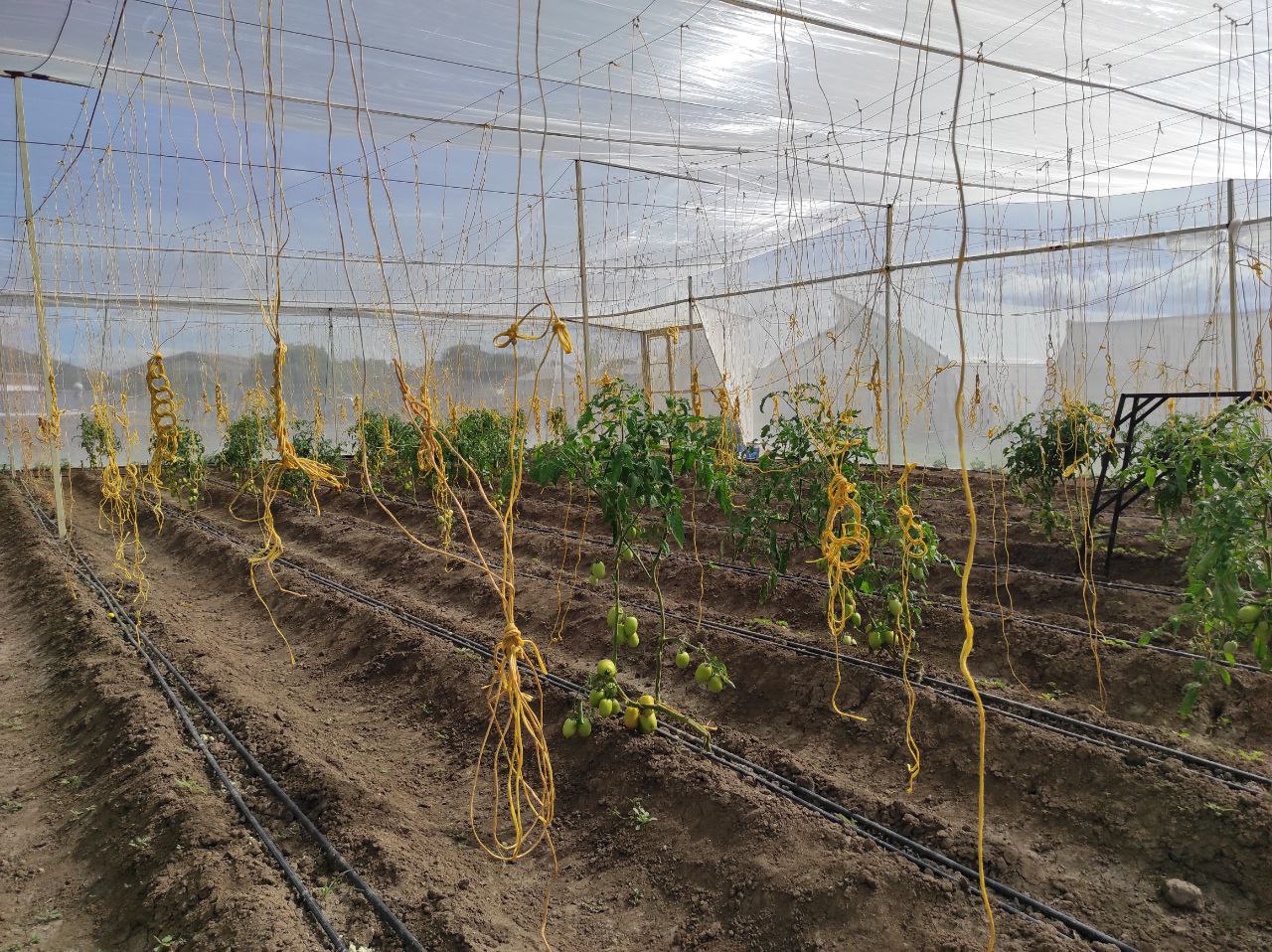
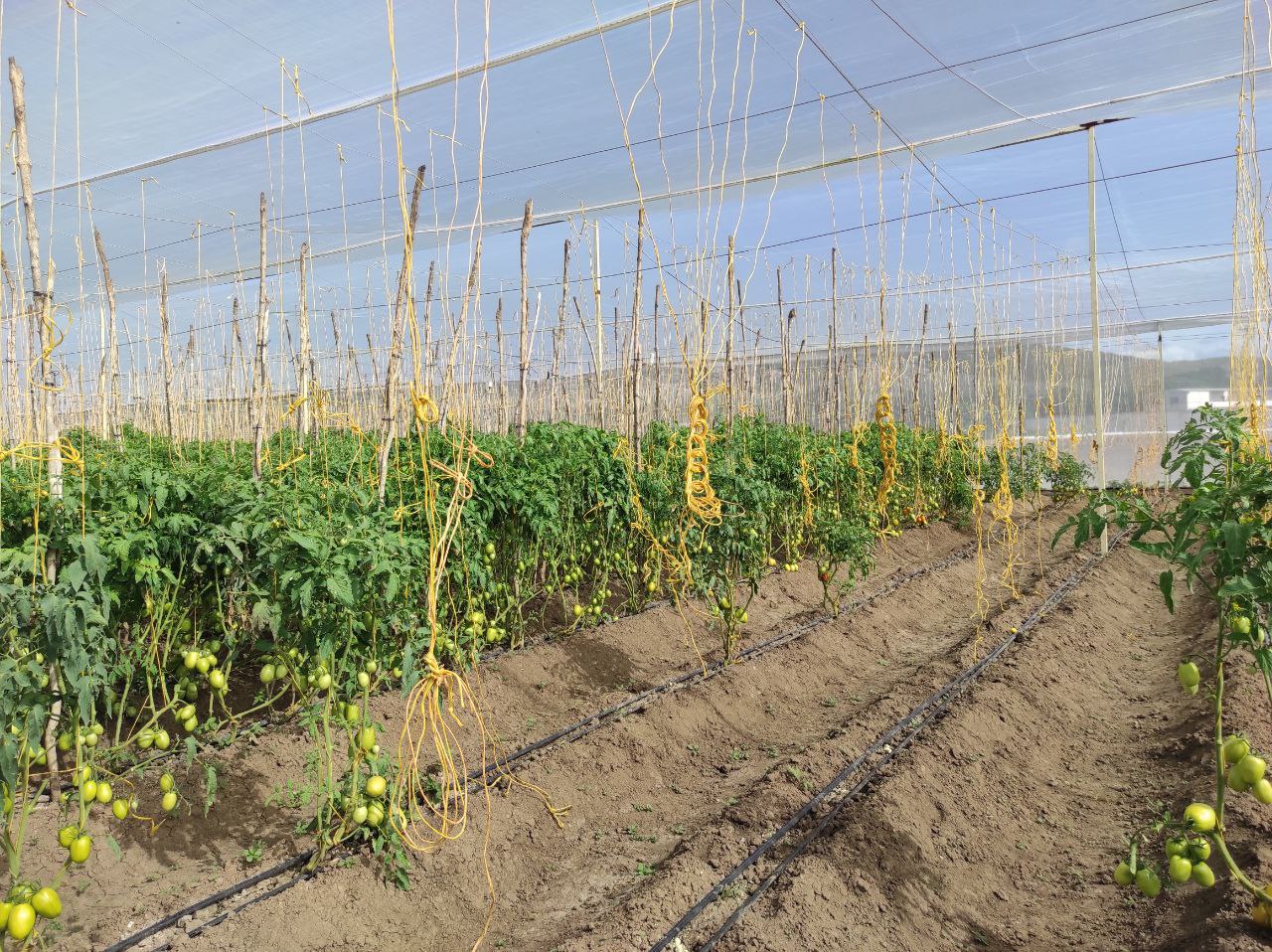
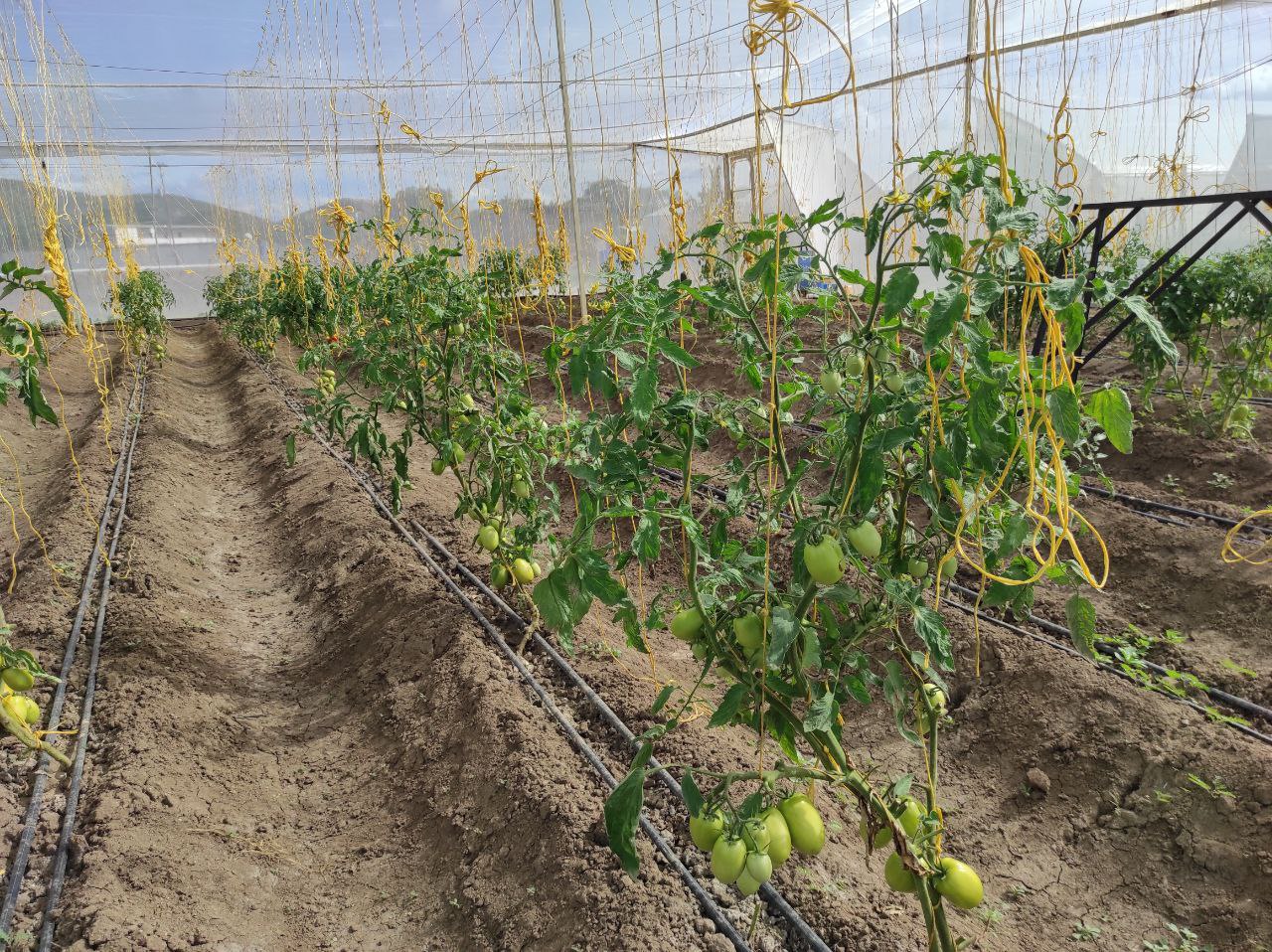
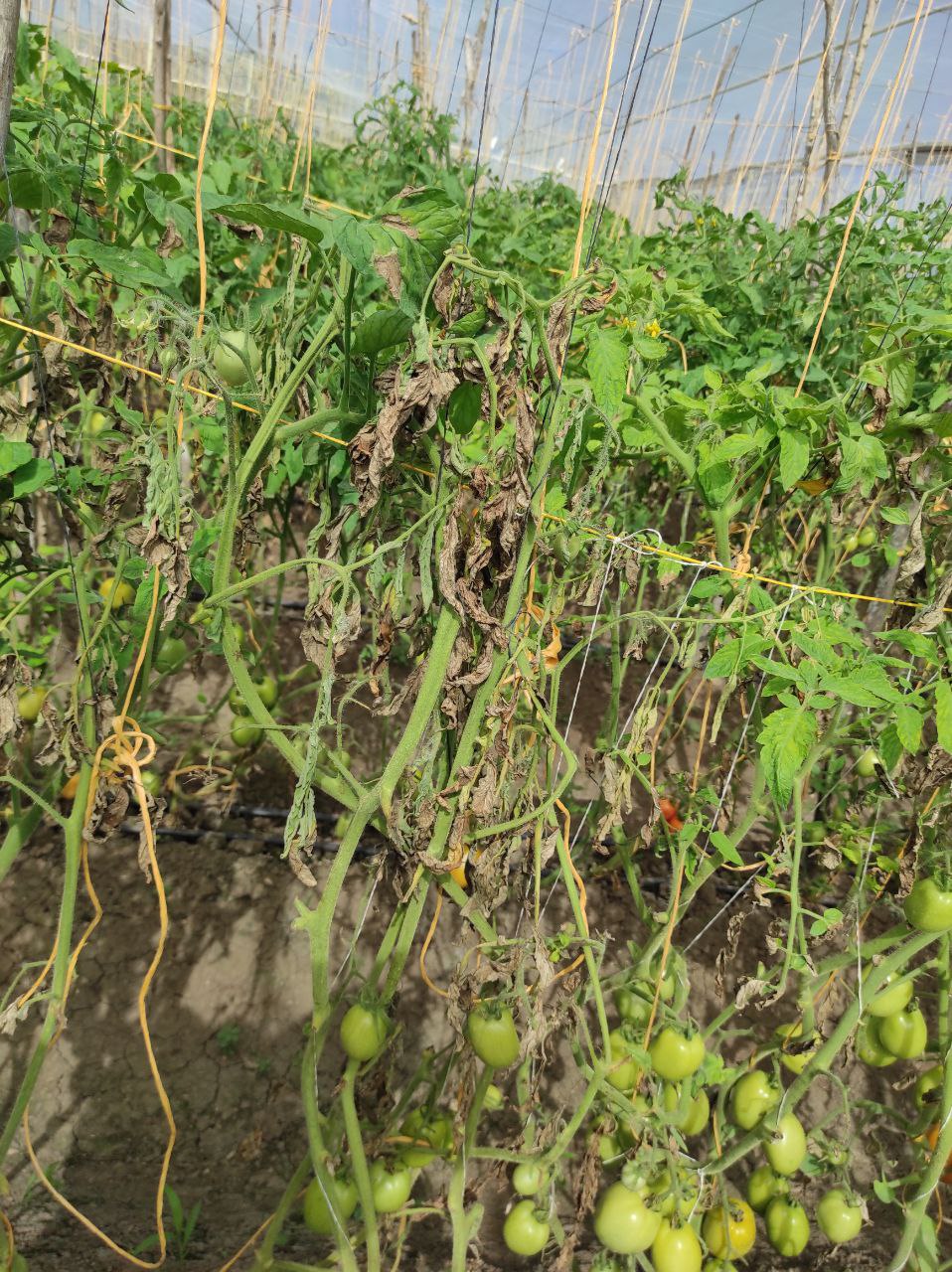
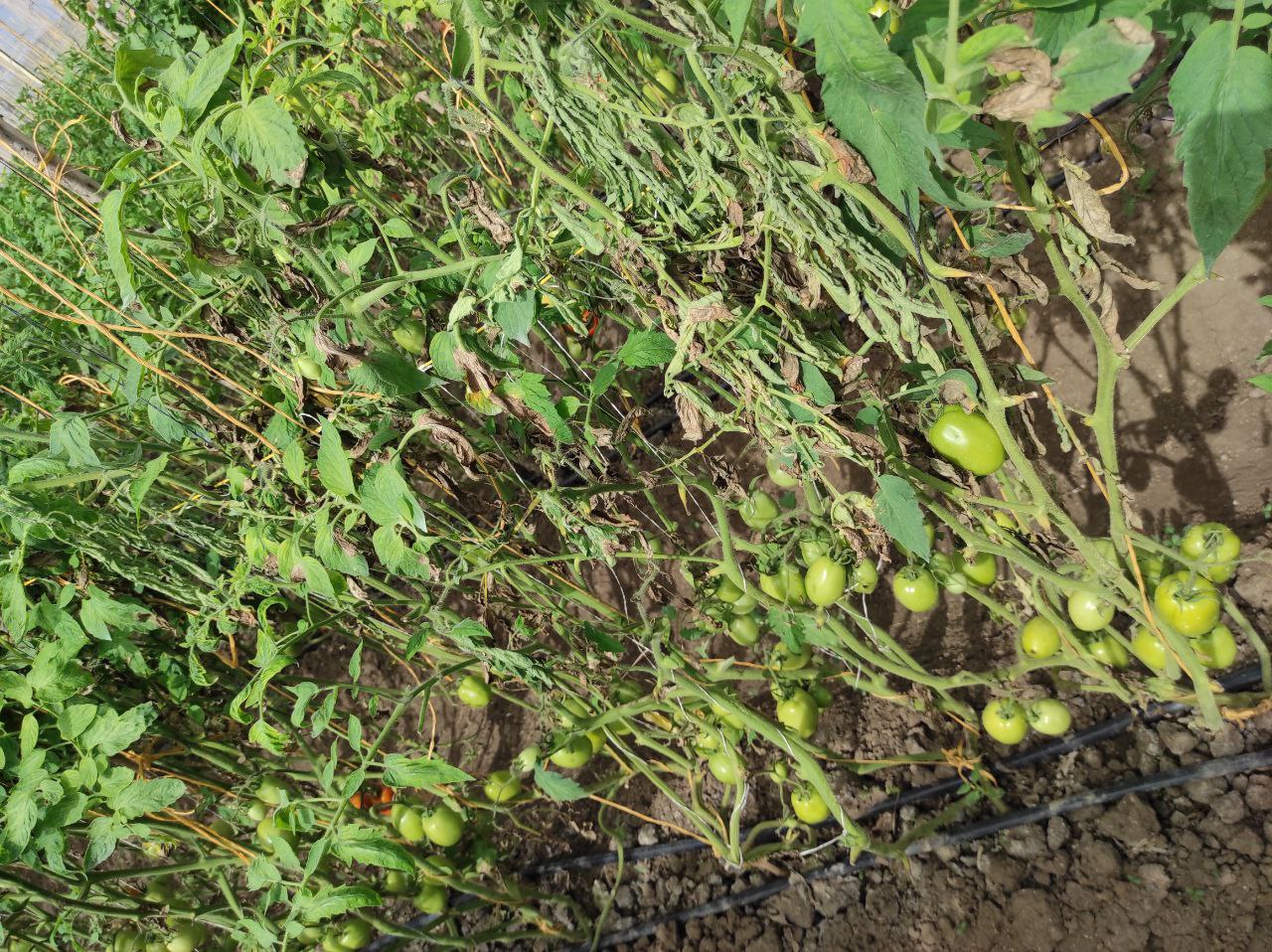
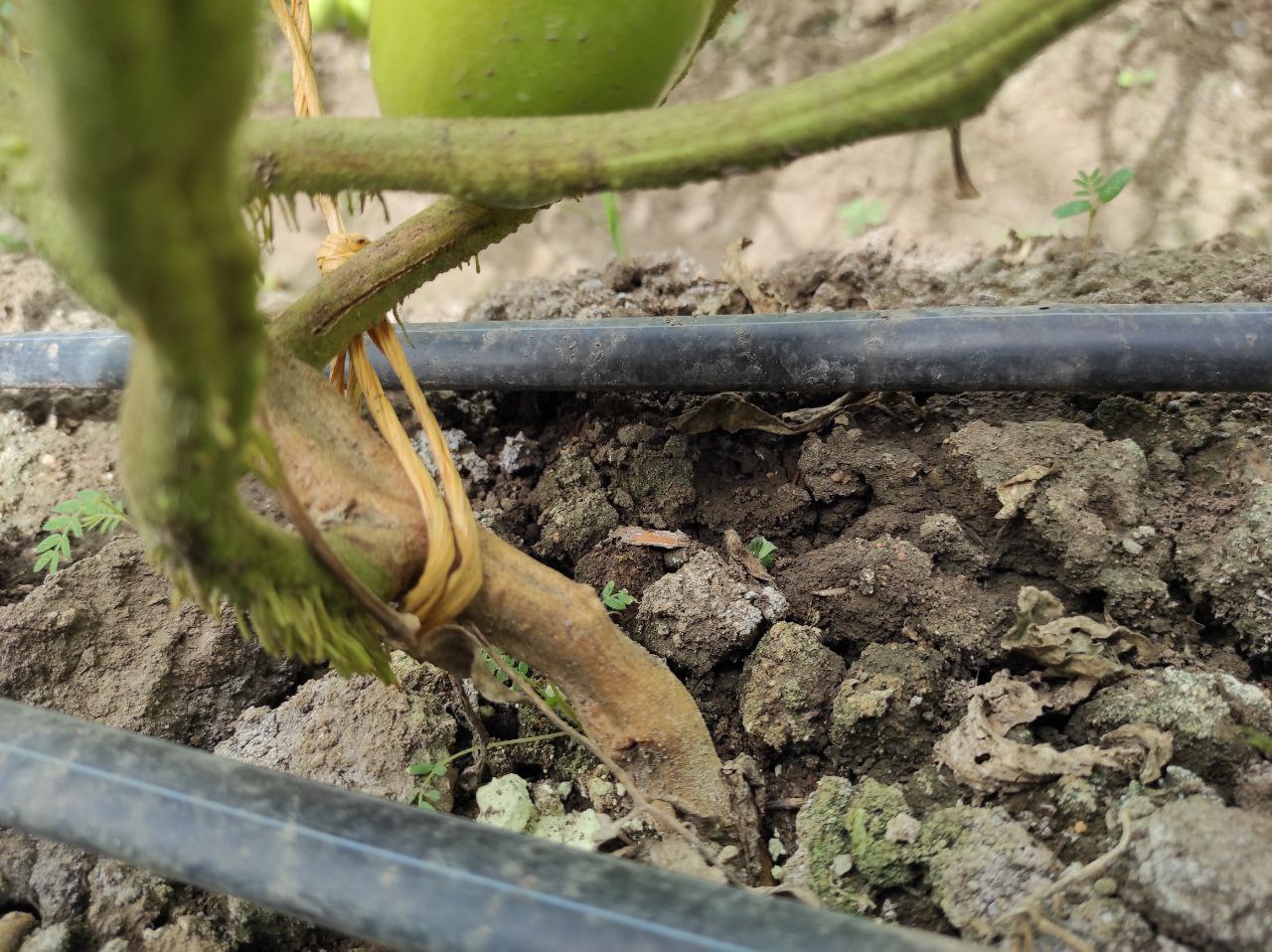
(Tallo afectado por Ralstonia solanacearum / Stem affected by Ralstonia solanacearum)
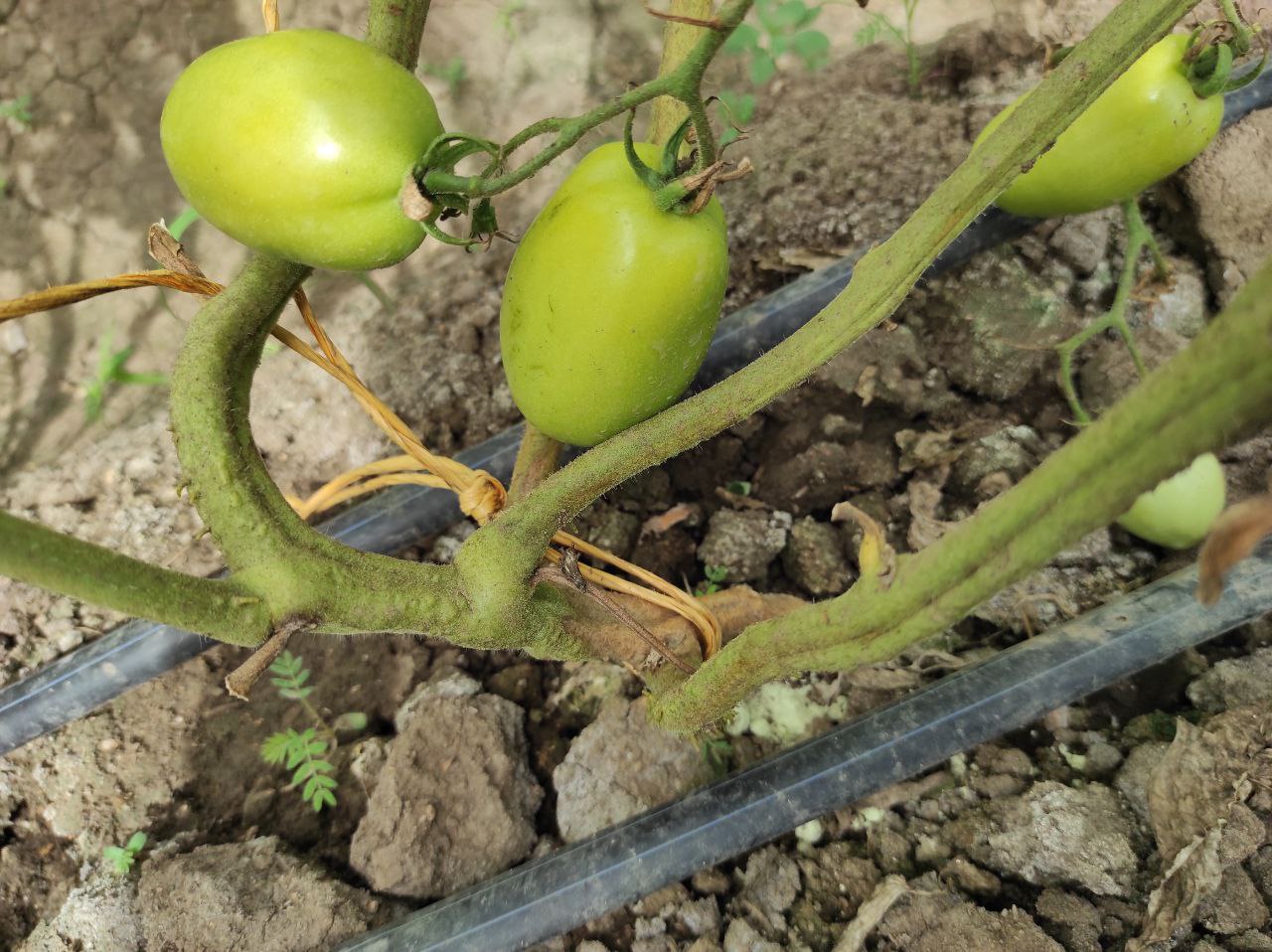
Phytophthora infestans, es otro causante de estrés, ya que es patógeno que afecta las hojas, frutos y tallo de la planta, comienza a secarse desde las hojas mas jóvenes y se extiende rápidamente a través de esporas. Esto afecta al follaje de planta en un nivel increíble haciendo que las hojas se sequen, la única manera de combatirlo es con un fungicida llamado pruffen, tiene como ingrediente activo propamocarb y luego de la aplicación hay que remover las hojas dañadas.
Phytophthora infestans, is another cause of stress, as it is a pathogen that affects the leaves, fruits and stem of the plant, it starts to dry from the youngest leaves and spreads rapidly through spores. This affects the plant foliage at an incredible level causing the leaves to dry, the only way to combat it is with a fungicide called pruffen, it has as active ingredient propamocarb and after the application you have to remove the damaged leaves.
Nos vimos afectados de tal manera que tuvimos que podar todas las plantas.
Usualmente la humedad de las lluvias suele hacer que aparezca y el nitrógeno lo nutre y se expande mas rápido.
We were so badly affected that we had to prune all the plants.
Usually the humidity from the rains makes it appear and the nitrogen nourishes it and it expands faster.

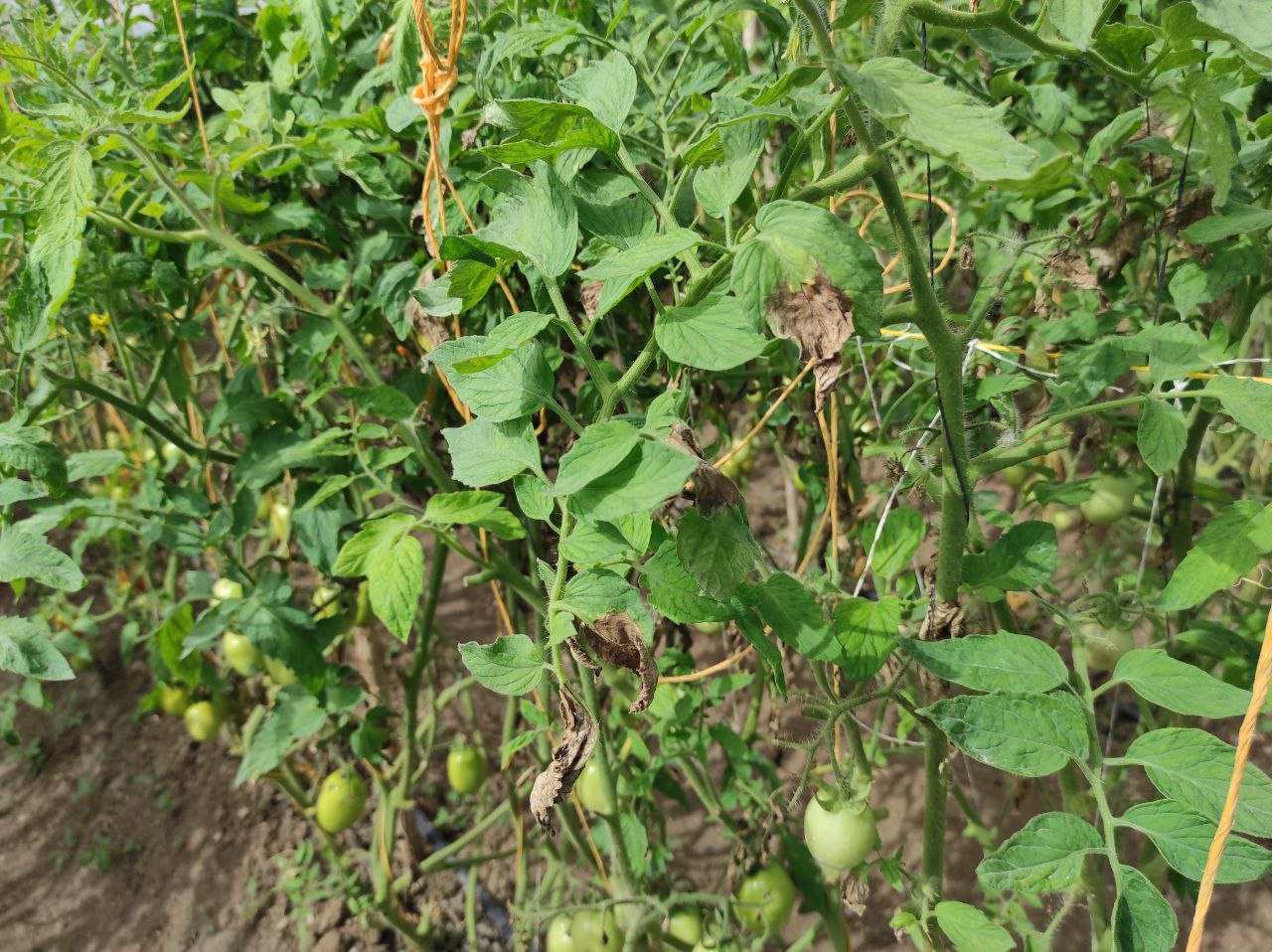
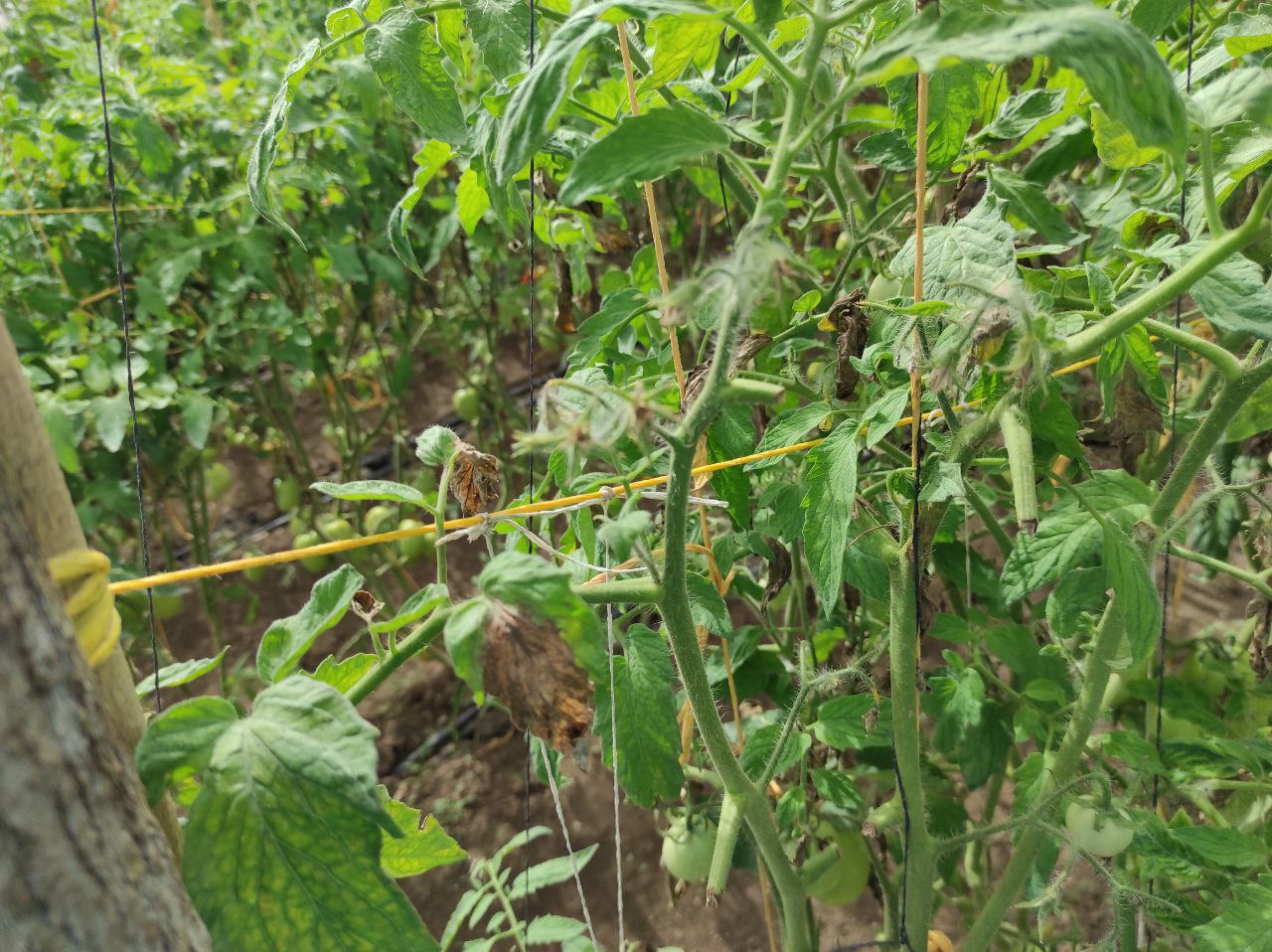
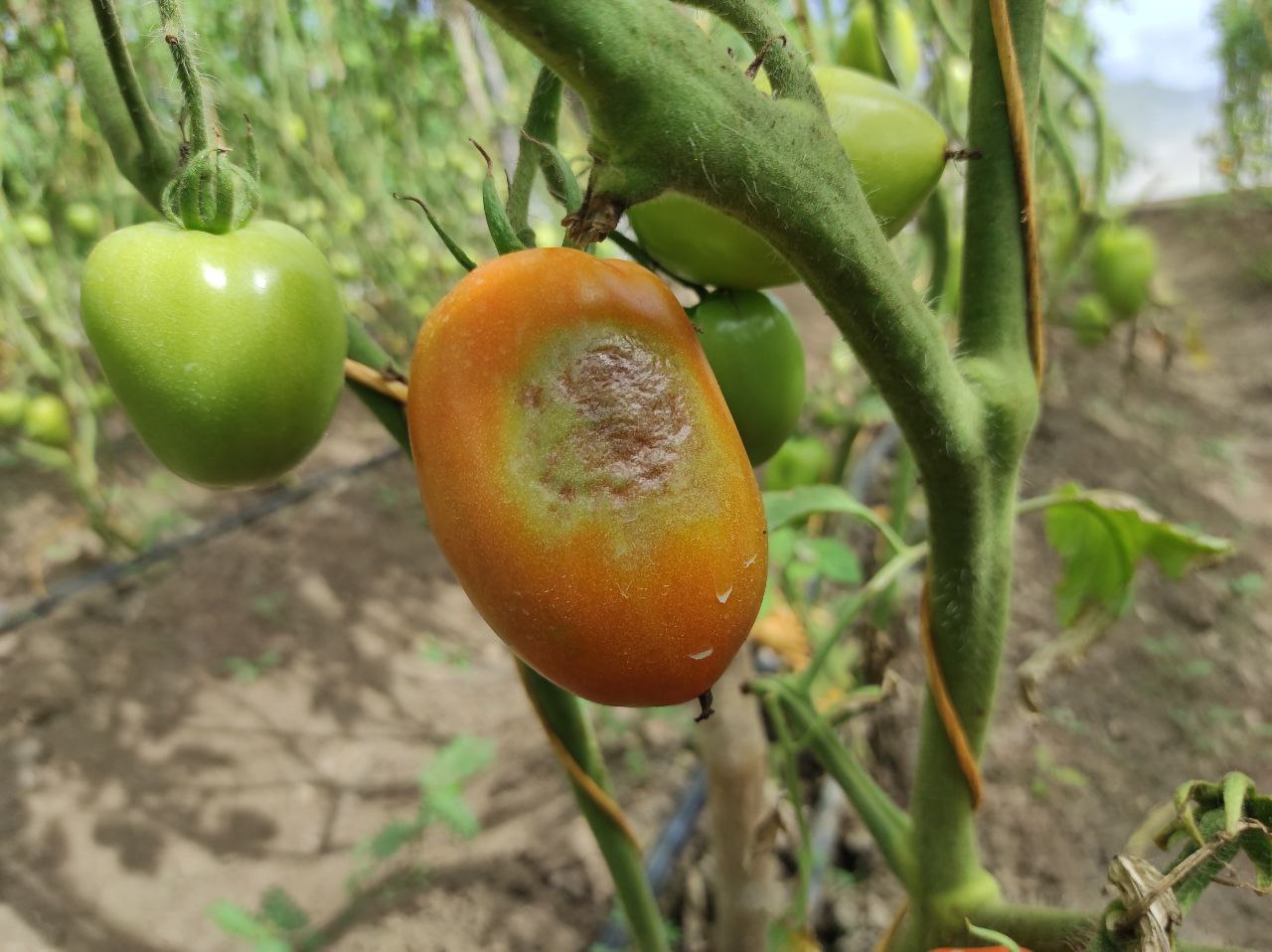
Fruto afectado. / Affected fruit.
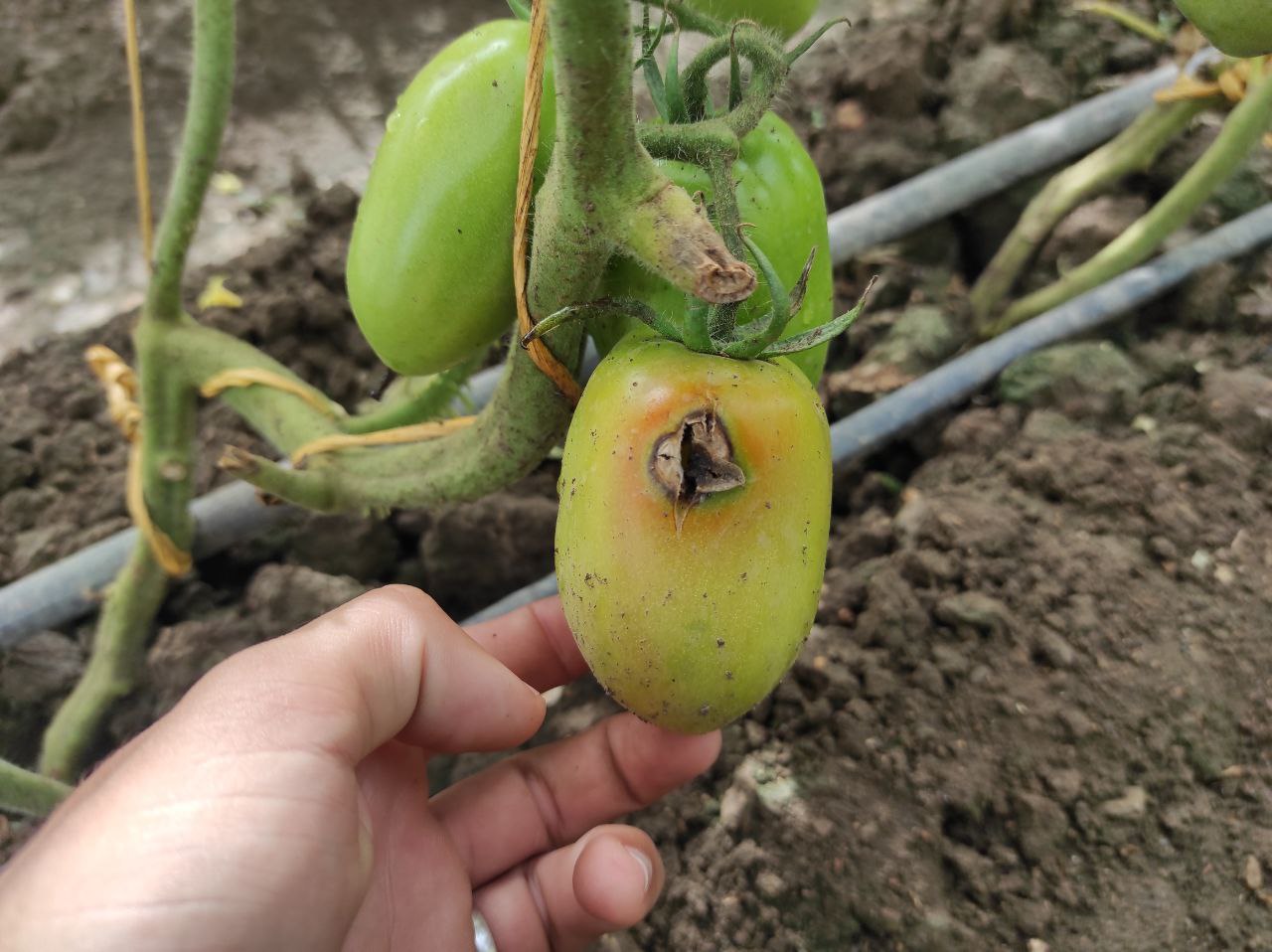
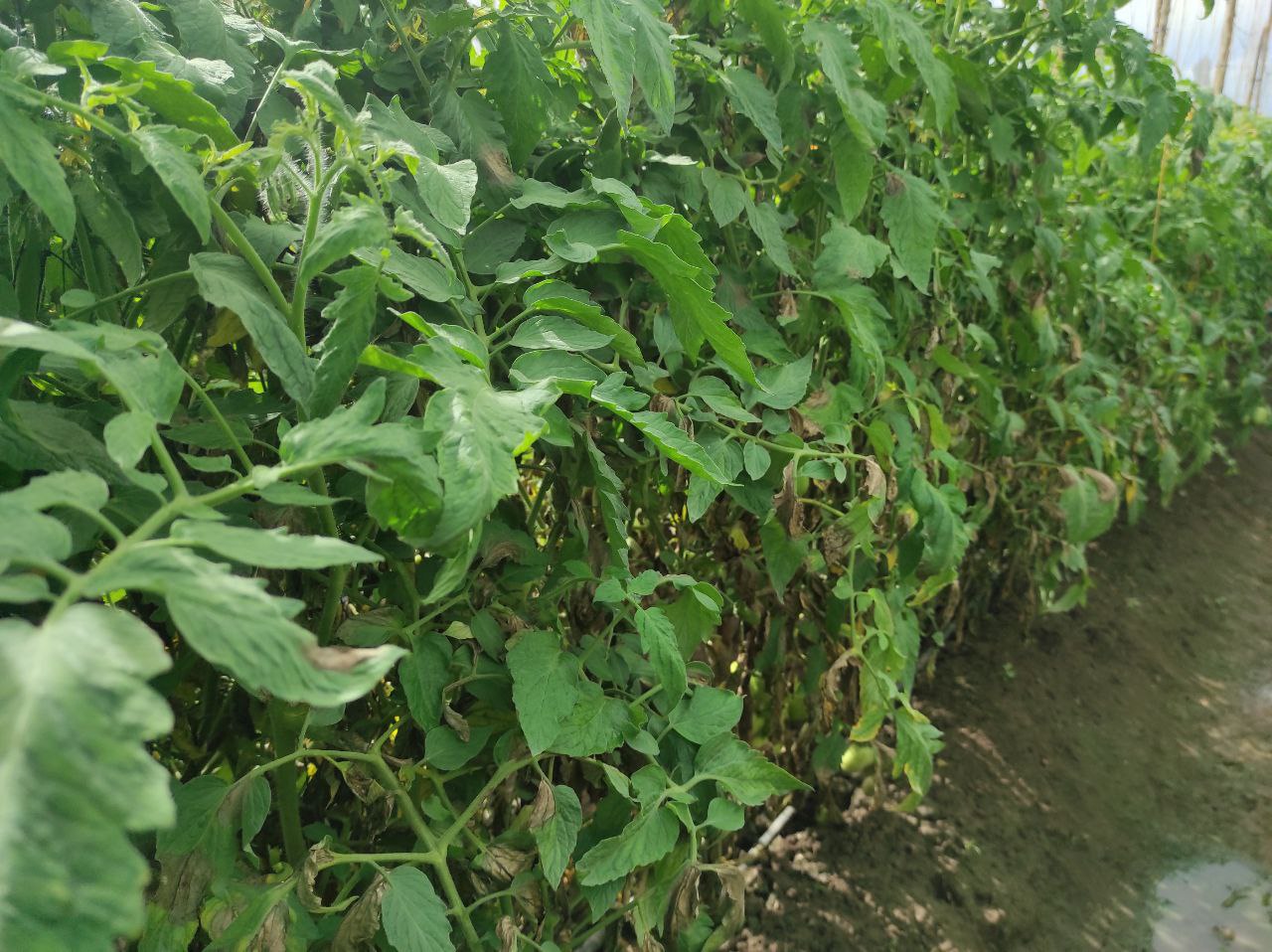
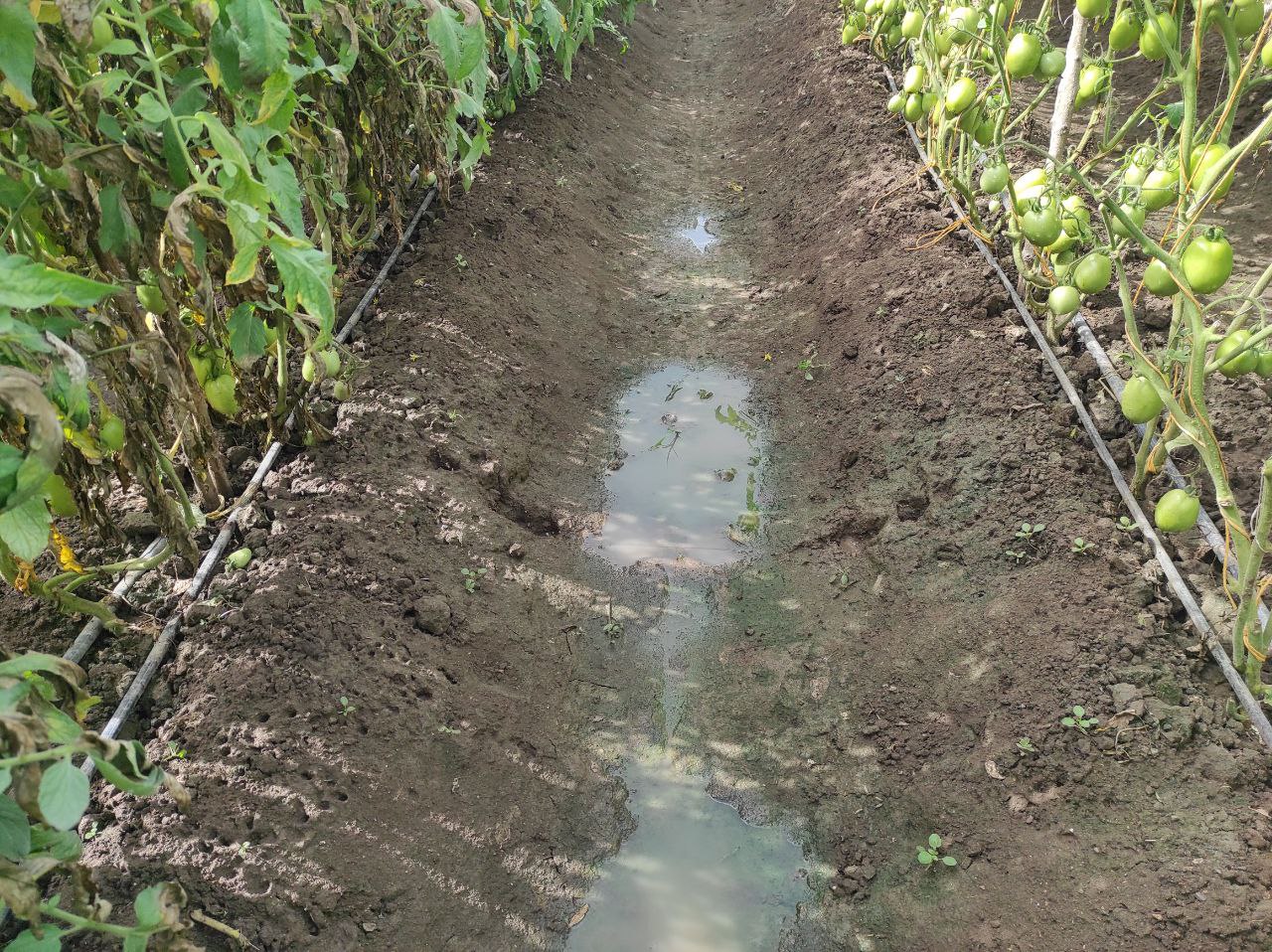

Follaje afectado / Affected foliage

*Perdida de frutos / Loss of fruit+
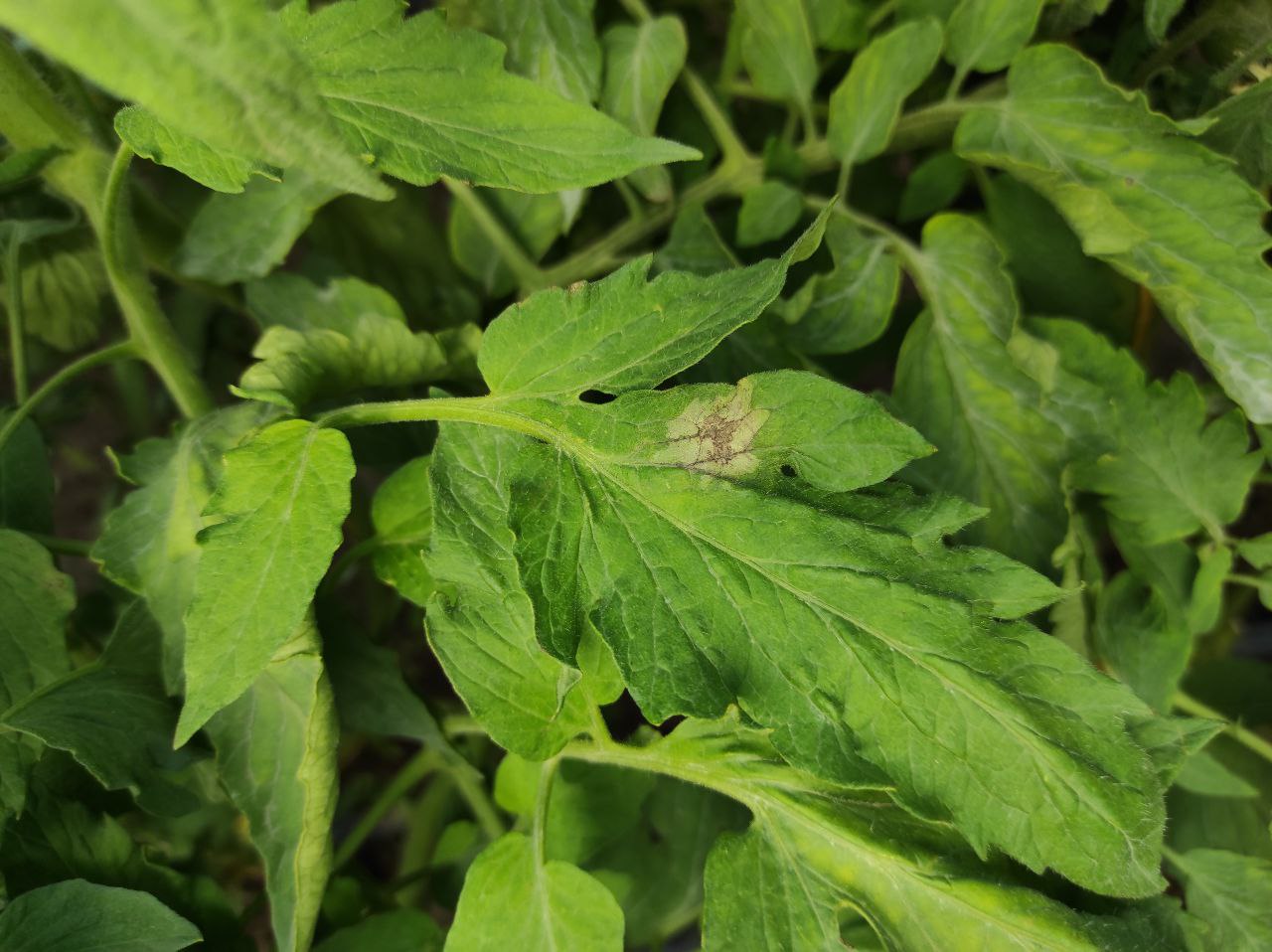
Comienzo de la bacteria / Onset of bacteria
Obtuvimos 3 cestas del "despunte", los primeros frutos en madurarse, esperamos que el siguiente corte que sera en 2 dias podamos cortar 10 cestas, y luego ira incrementado hasta estabilizarse en una cifra probablemente sean 20 cestas por semana no estoy seguro.
We got 3 baskets from the "despunte", the first fruits to ripen, we hope that the next cutting which will be in 2 days we can cut 10 baskets, and then it will increase until stabilizing in a figure probably 20 baskets per week I am not sure.
Otra cosa de la que tampoco estoy seguro es si podremos recuperar el dinero invertido, pues perdimos un 33% de las plantas sembradas, un 20% de los frutos por efecto de la phytopthora y un 40% de flores con la aplicación de fungicidas. El precio de la cesta es de 20$, y el promedio de la inversión fue de 2200$ aproximadamente, así que necesitamos vender al menos 100 cestas para recuperar la inversión inicial.
Another thing I am not sure about is if we will be able to recover the money invested, because we lost 33% of the plants planted, 20% of the fruits due to phytopthora and 40% of flowers with the application of fungicides. The price per basket is $20, and the average investment was about $2200, so we need to sell at least 100 baskets to recover the initial investment.
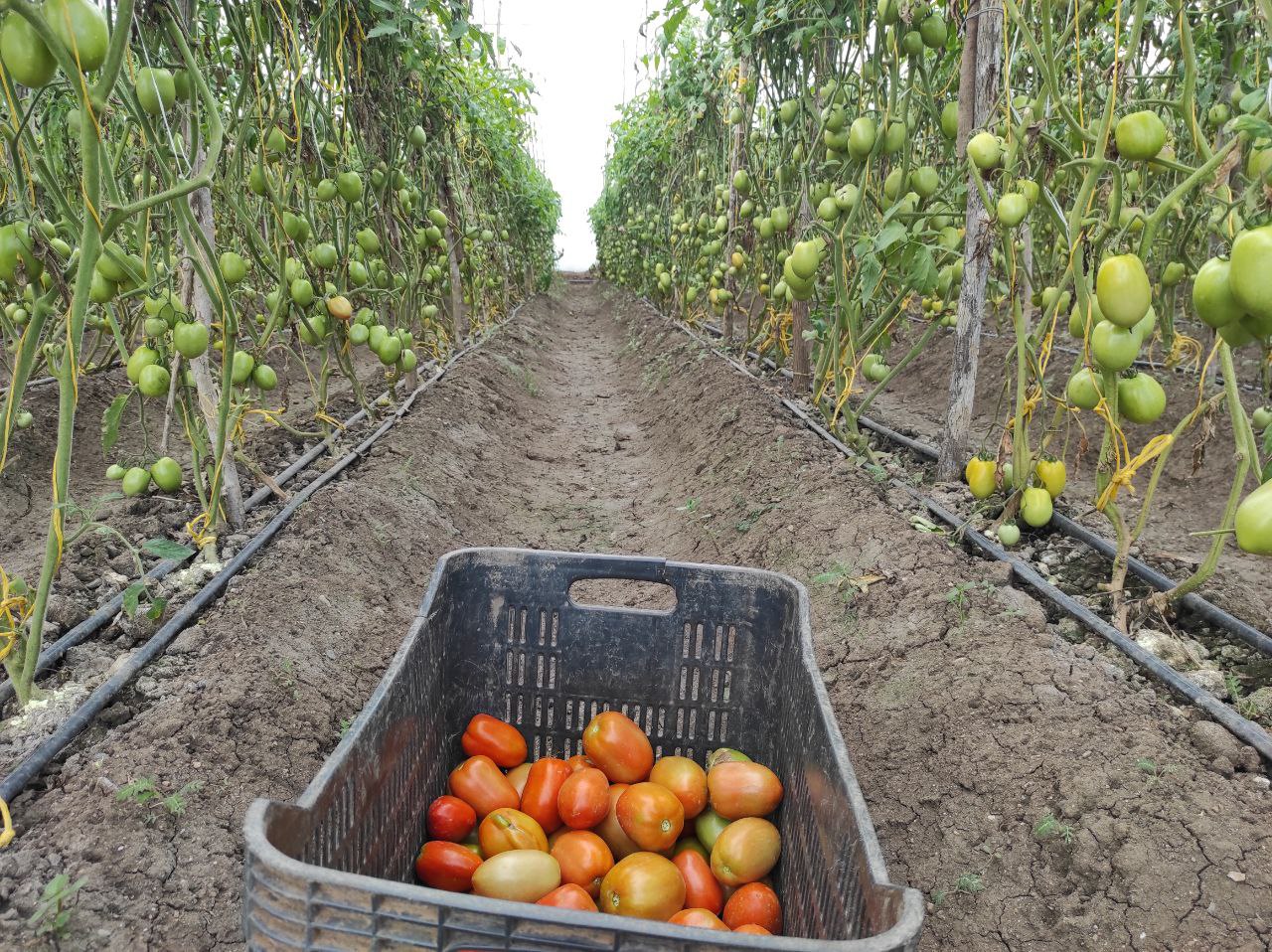
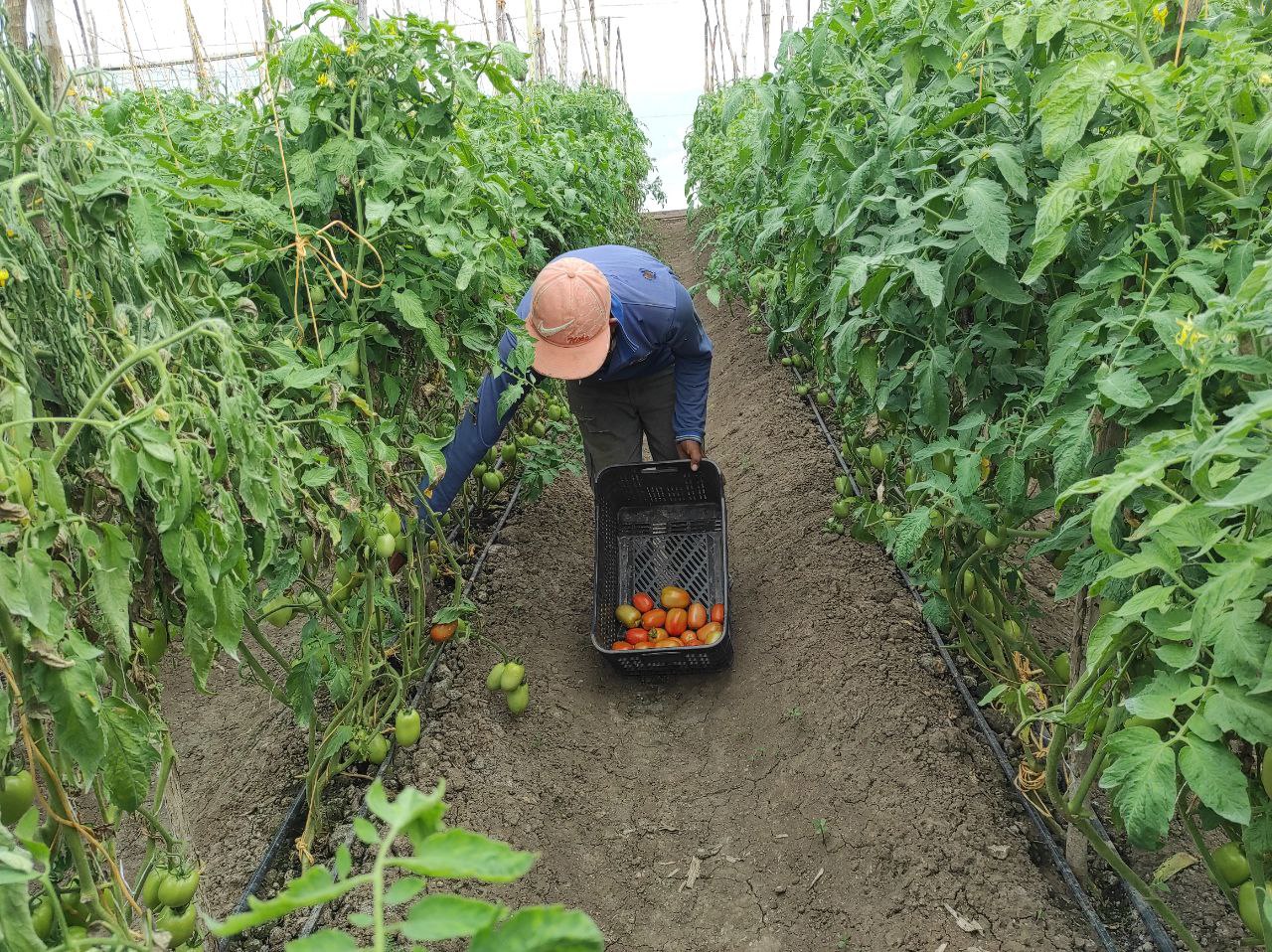
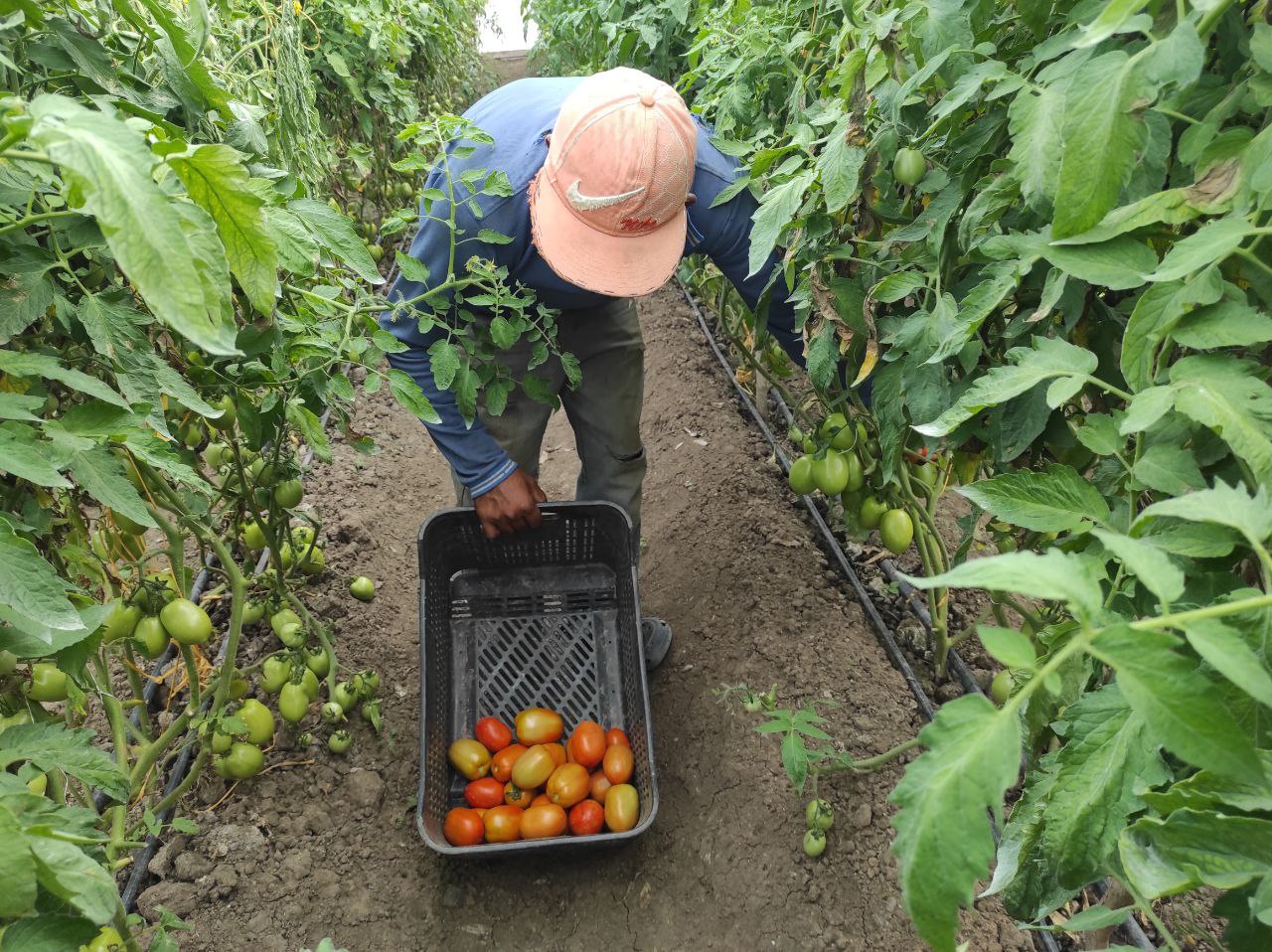
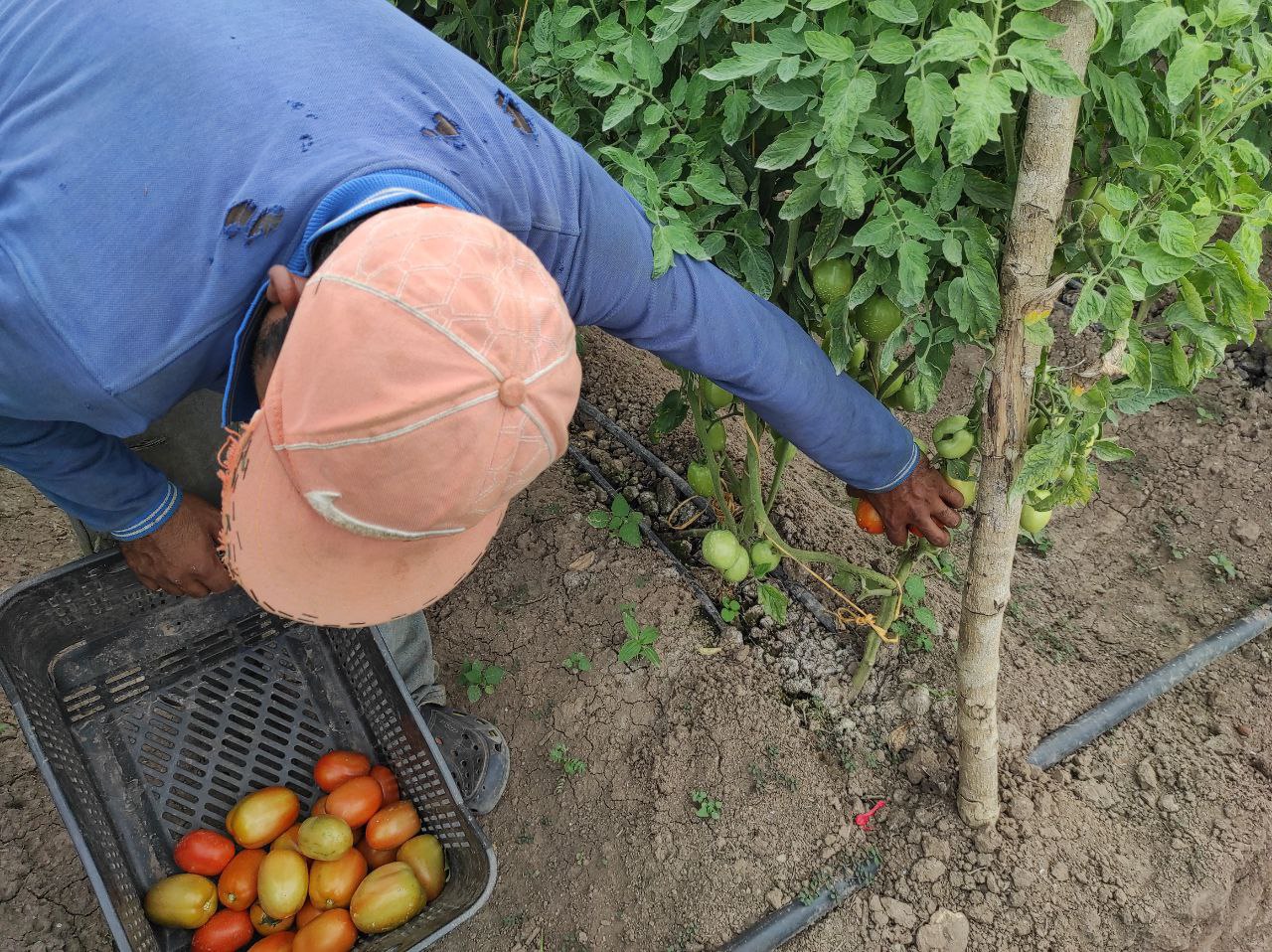
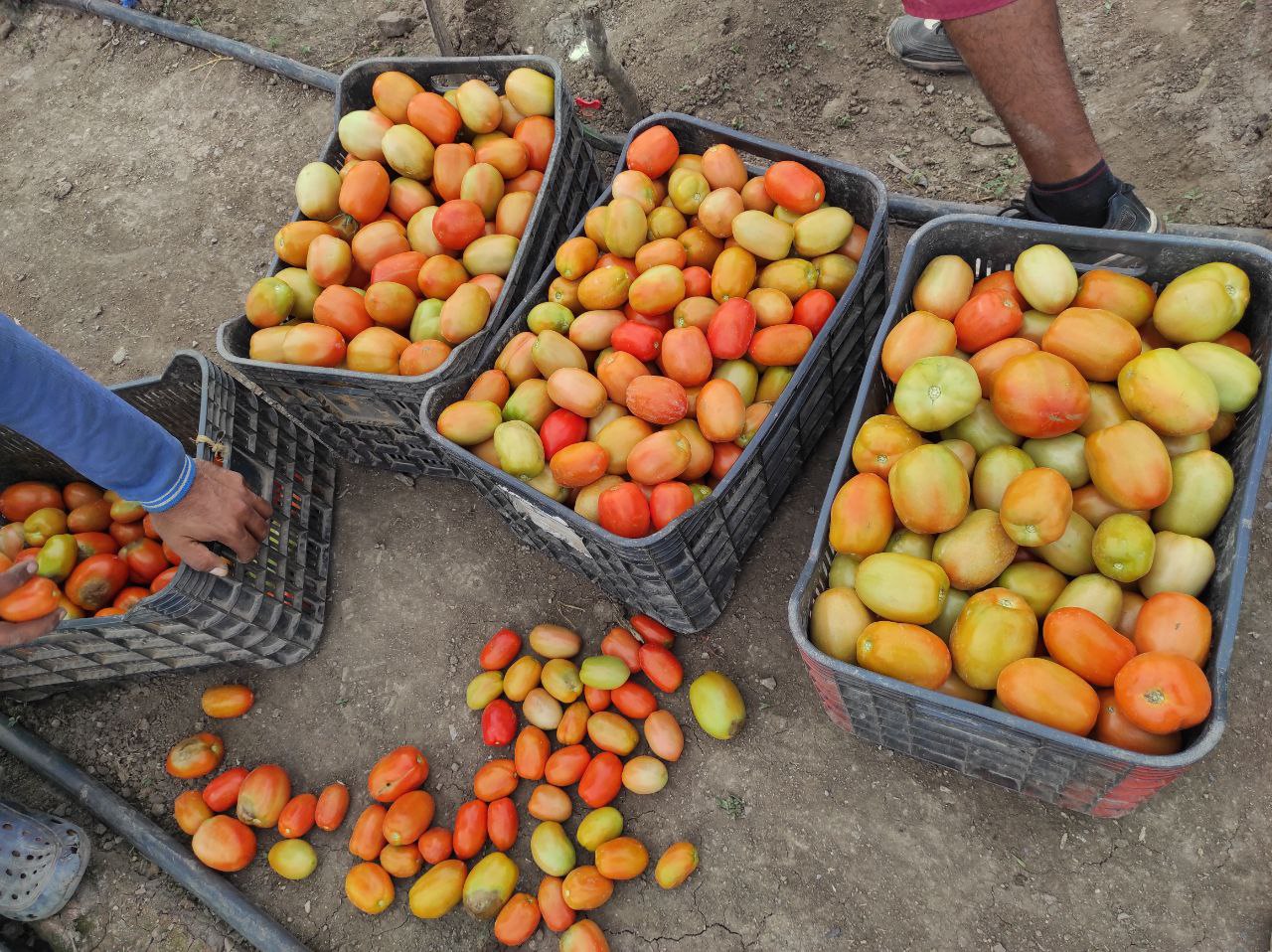
También otros patógenos como la Alternaria Solani nos afecto sin embargo no fue gran problema, al igual que que con gusanos pequeños, pero no nos afectaron tanto como lo mencionando anteriormente.
Por motivos como estos es por lo cual estoy estudiando Ingeniera Agrónoma, para tecnificarnos mas sobre estos temas y tener noción de como combatirlas a tiempo.
Also other pathogens such as Alternaria Solani affected us, but it was not a big problem, as well as small worms, but they did not affect us as much as mentioned above.
For reasons like these is why I am studying Agricultural Engineering, to become more technical about these issues and have a notion of how to combat them in time.
Aprovechando un poco, fuera de los invernaderos también nos acercamos a la cosecha de parchitas (maracuyá) y lechosas (papaya), además de cambur (banana), estamos a unos cuantos días de poder disfrutar de esta cosecha que es para nuestros hogares y no para fines comerciales.
Taking advantage of this, outside of the greenhouses we are also approaching the harvest of passion fruit (maracuya) and papaya, as well as bananas, we are a few days away from being able to enjoy this harvest that is for our homes and not for commercial purposes.
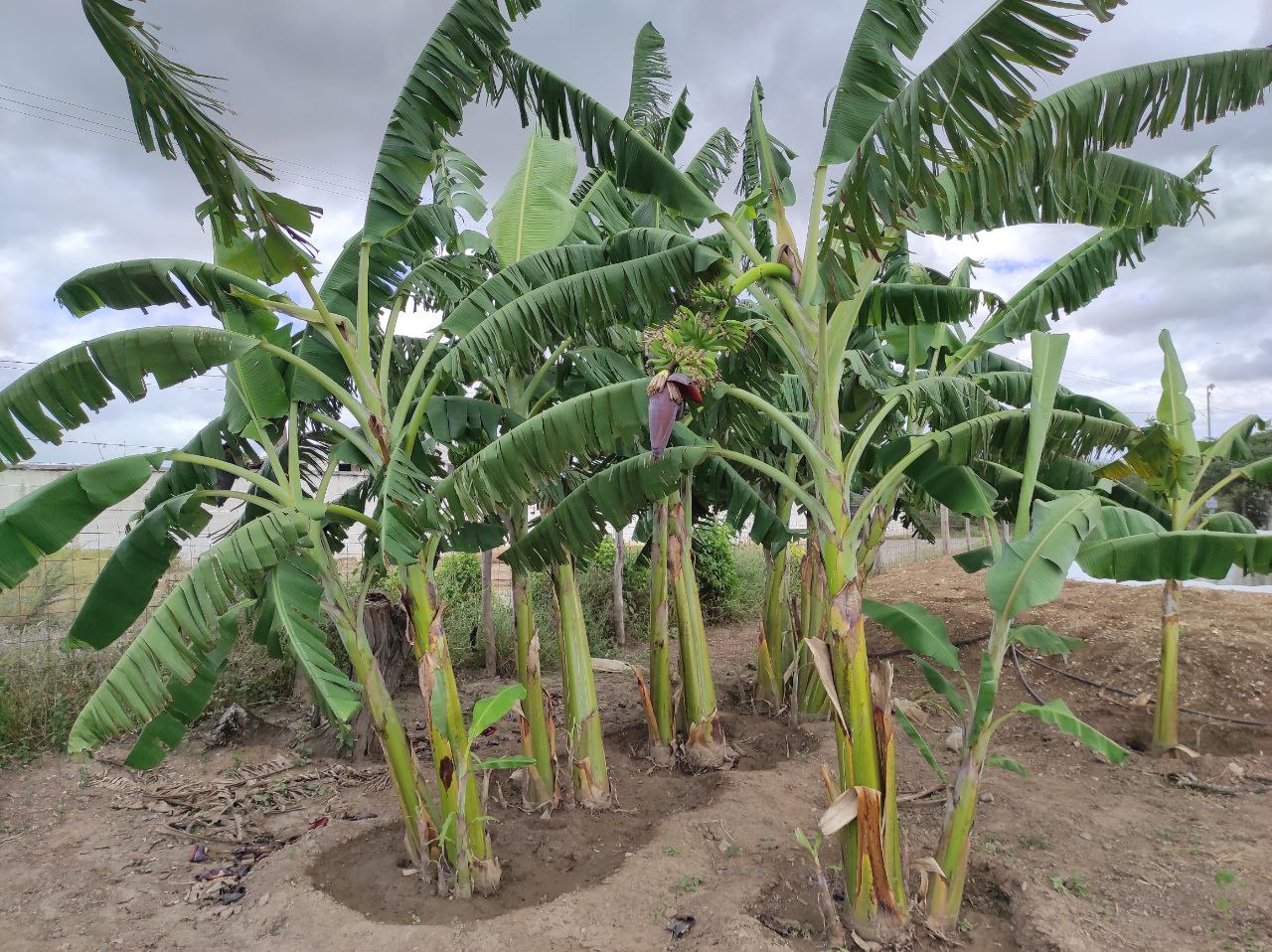
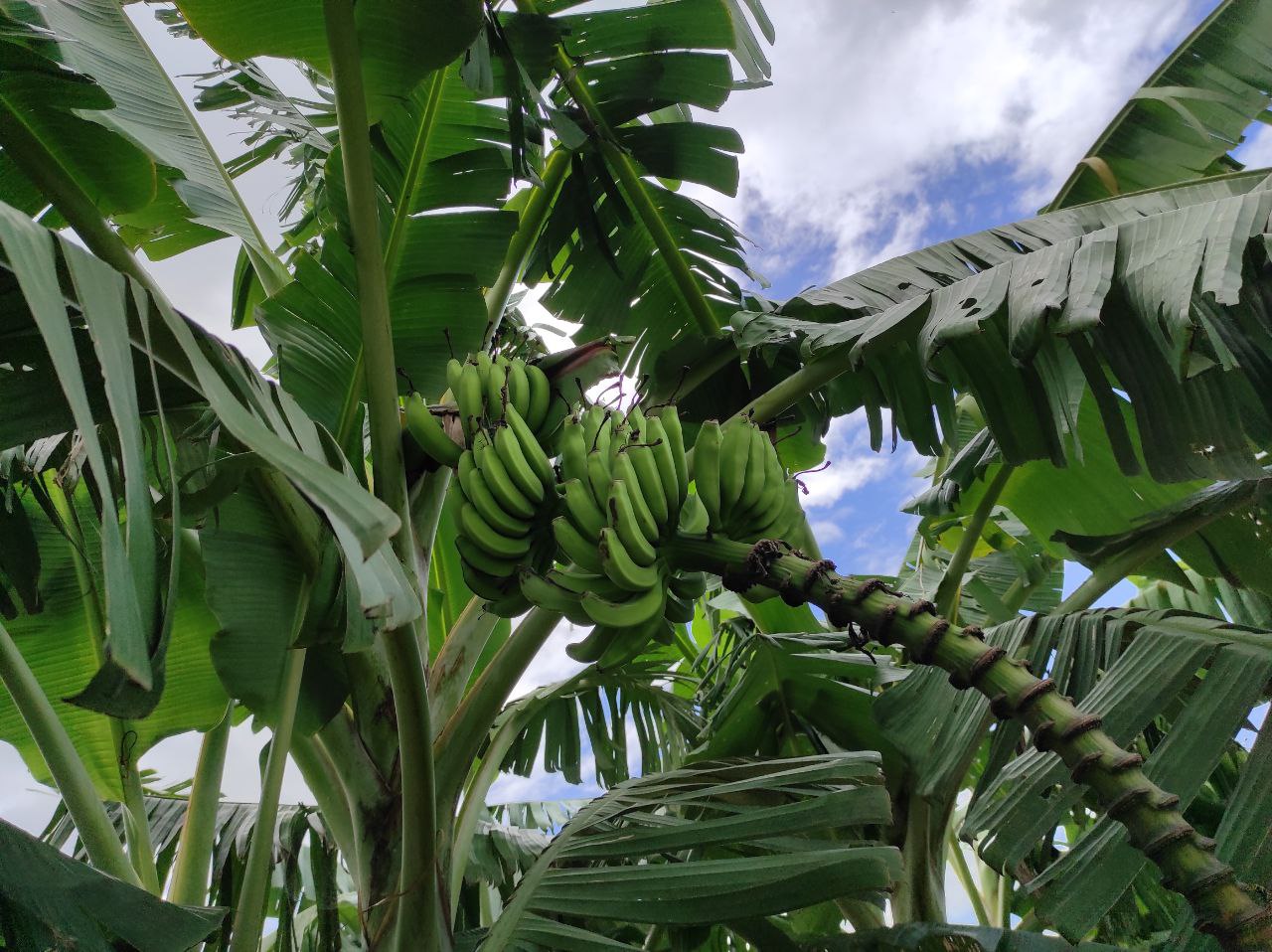
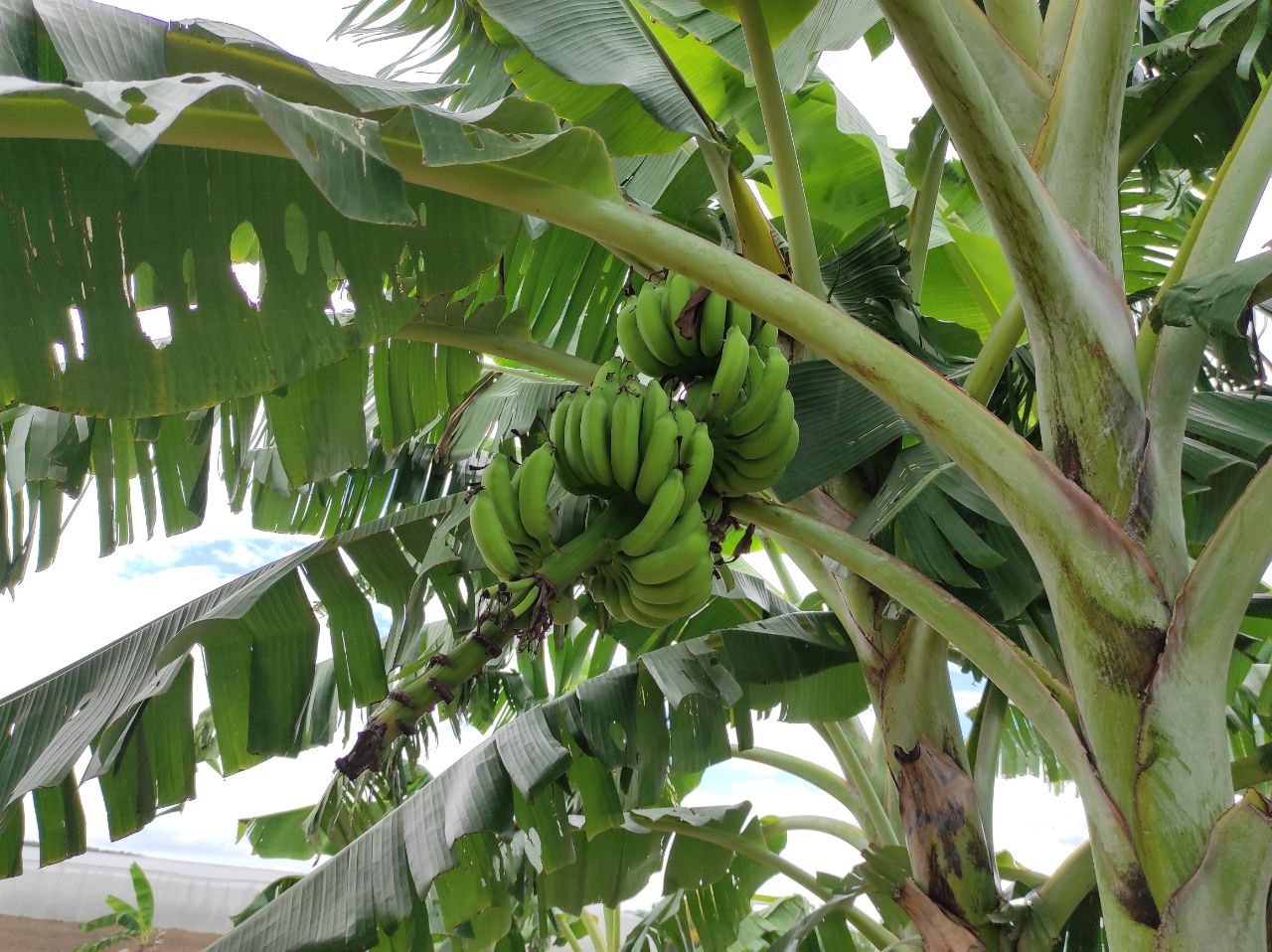
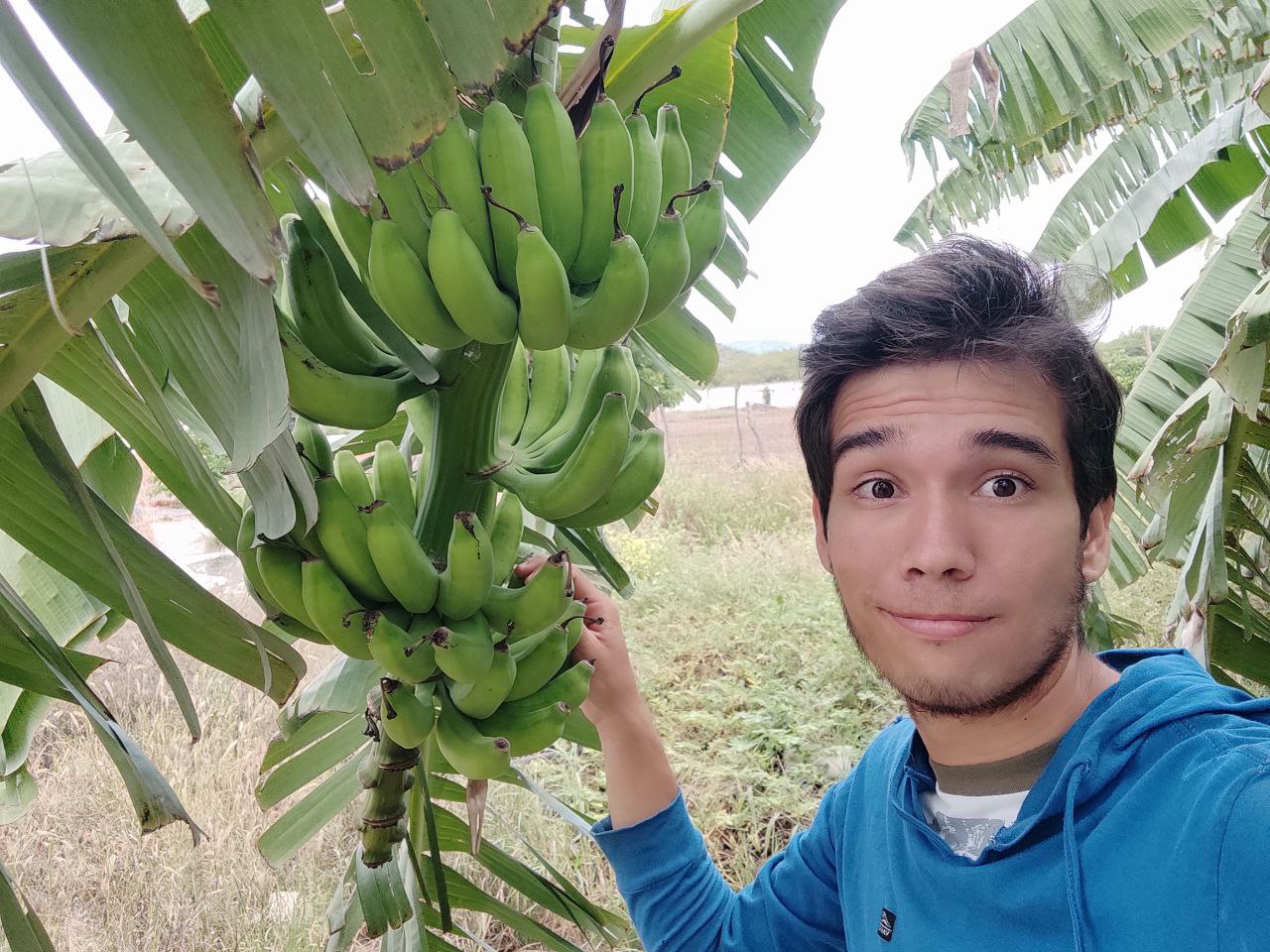
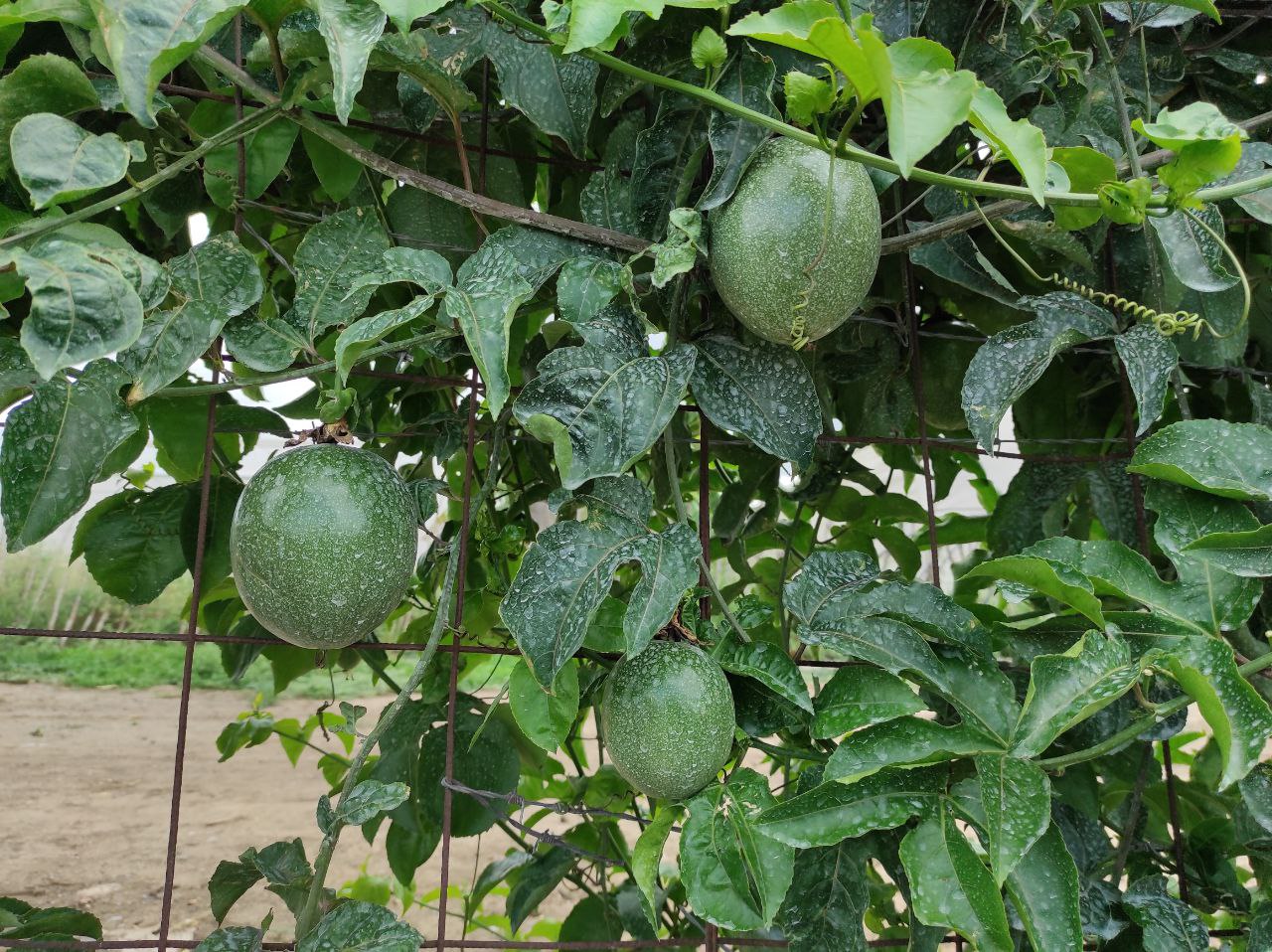
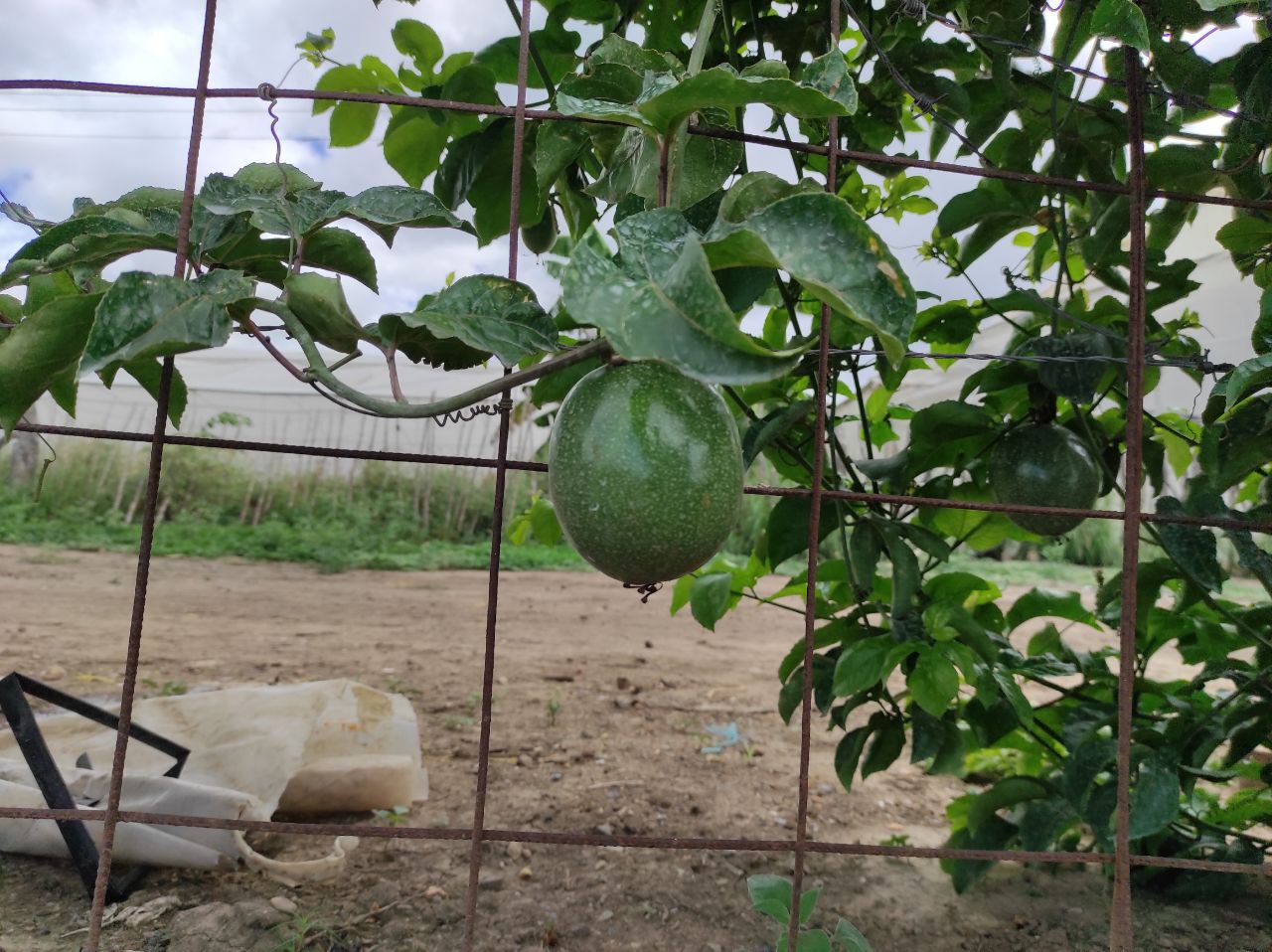
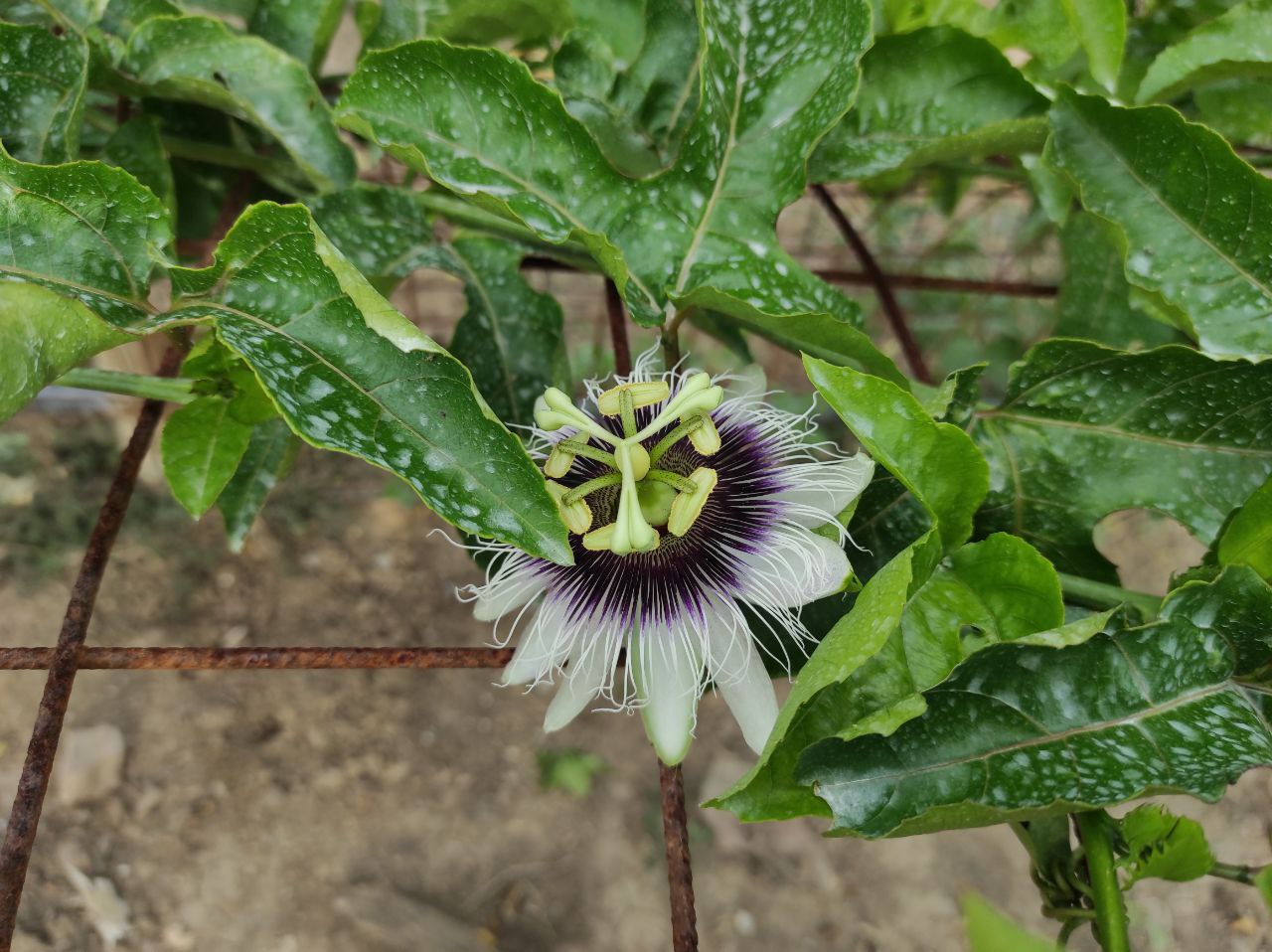
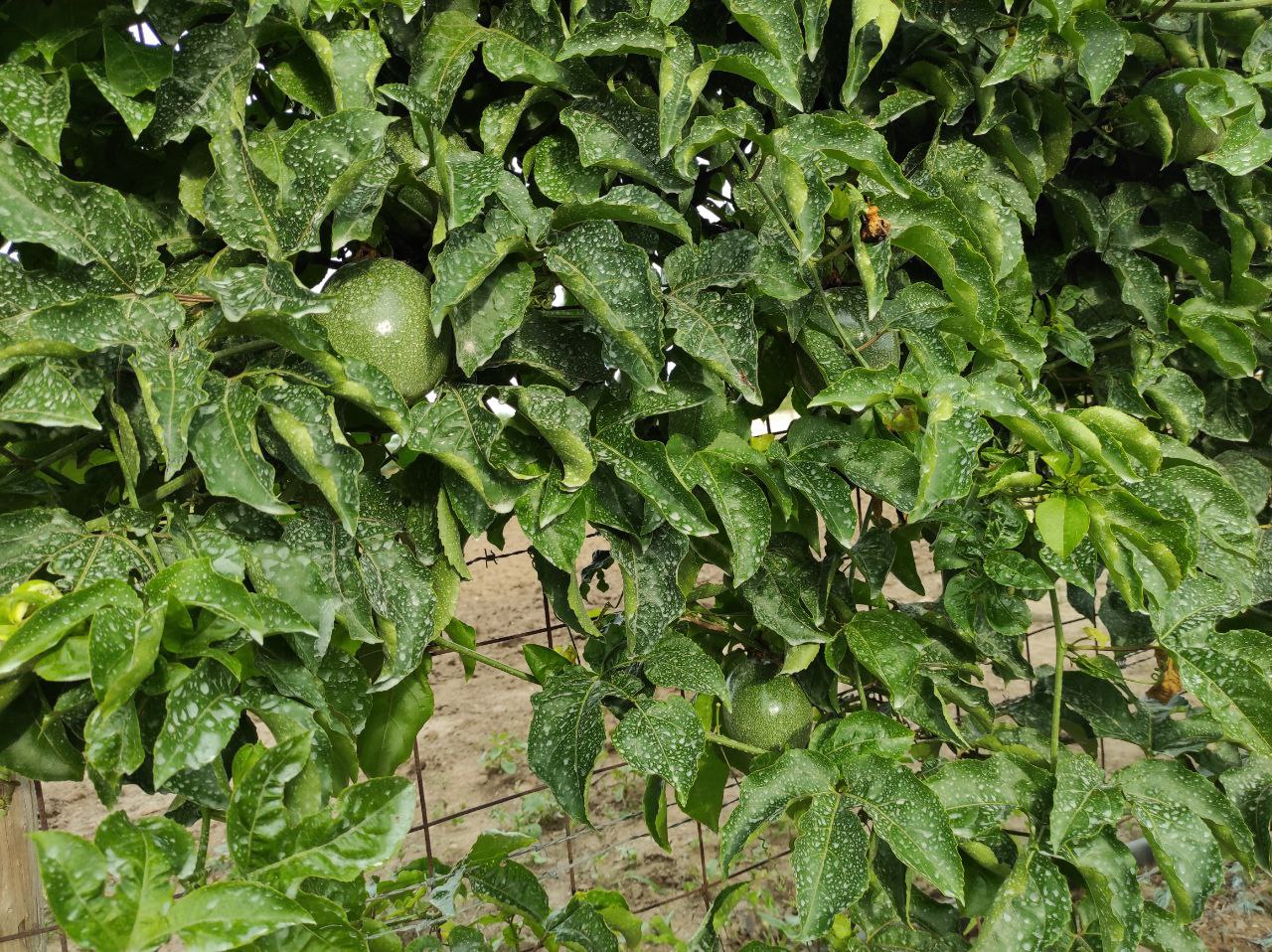
.jpg)
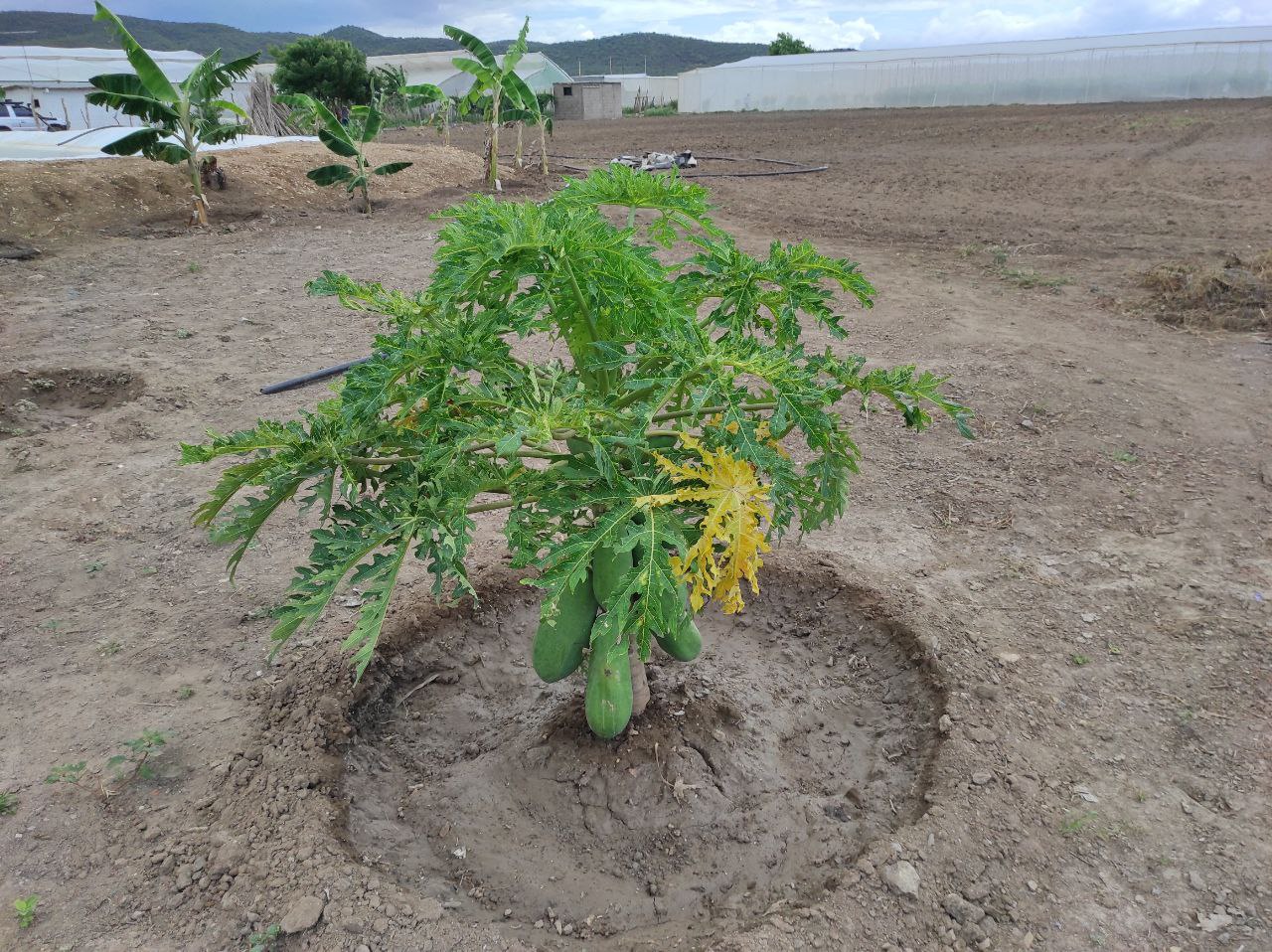
Nos vemos en la proxima mis estimados compañeros jardineros y agricultores.
See you next time my dear fellow gardeners and farmers.
diseases like wilt are the bane of Tomato growers. Fortunately, it came at the end of the growing season. The rest of your crops look great though!
!hivebits
Success! You mined .9 HBIT & the user you replied to received .1 HBIT on your behalf. mine | wallet | market | tools | discord | subscribe | <>< daily
It is a horrible disease, it leaves sequelae to the soil and the Solanaceae family.
Thanks for taking a look at it, there are still other crops I have pending to plant.
We got it in one of our aquaponics systems last season. Now, I can't use that system for tomatoes for 3 years! Ouch!
Dios Bendiga sus siembras y les permita seguir cosechando grandes y hermosos frutos, las plantas de tomate requieren demasiados cuidados ya que ellas son muy delicadas, los felicito por tan excelente trabajo sus plantas se ven muy hermosas
Muchisimas gracias por tus buenos deseos, espero que asi sea, un abrazo, saludos.
I like Papaya farming. I have few plants at my place. How many years it takes to your agricultural engineering course? Are you planning a corporate job after this or your own work?
The course lasts 5 years, I have approved basic subjects since I have taken and approved them in another engineering career, so I have been approved equivalencies.
I need approximately 3 more years to obtain my degree, in normal conditions (if there is another pandemic, it is much longer).
Honestly I was thinking of working on my own, I don't like to be an employee, although it depends, if I get to work in the field with big companies where I can gain knowledge through a new experience I would love it, I would like to be a field engineer, one of those who visit people's crops, experiment, test seeds, ride tractors, a little rustic.
These are interesting plans you have. I wish you best for your academics as well as future career.
Love the papaya, I wish I have that kind of papaya tree too!
thankss<3
You're welcome (^_^)